
Learn to create floral bouquets from scratch combining colors, shapes and textures with professional techniques
Embark on a creative and professional journey in floral art with this specialization that combines tradition and innovation. Learn to design everything from bouquets to floral headpieces, utilizing tying, anchoring, and composition techniques. Explore how to select the right flowers for each occasion, maximizing their beauty and harmony through color, texture, and shape. Classes are taught by Savia Bruta Flower School, ORA The Floral Agency, Daniel Ruiz, and Violeta Gladstone.
Discover the impact of sustainability on floral design by working with fresh, dried, and preserved flowers. Learn to tell visual stories through environmentally friendly and narratively meaningful compositions. The approach goes beyond aesthetics, providing the tools necessary to create meaningful floral installations. Acquire the skills to design unique centerpieces and floral accessories that enhance any event or space, ensuring that each creation is a lasting and meaningful work of art.
What will you learn in this specialization?
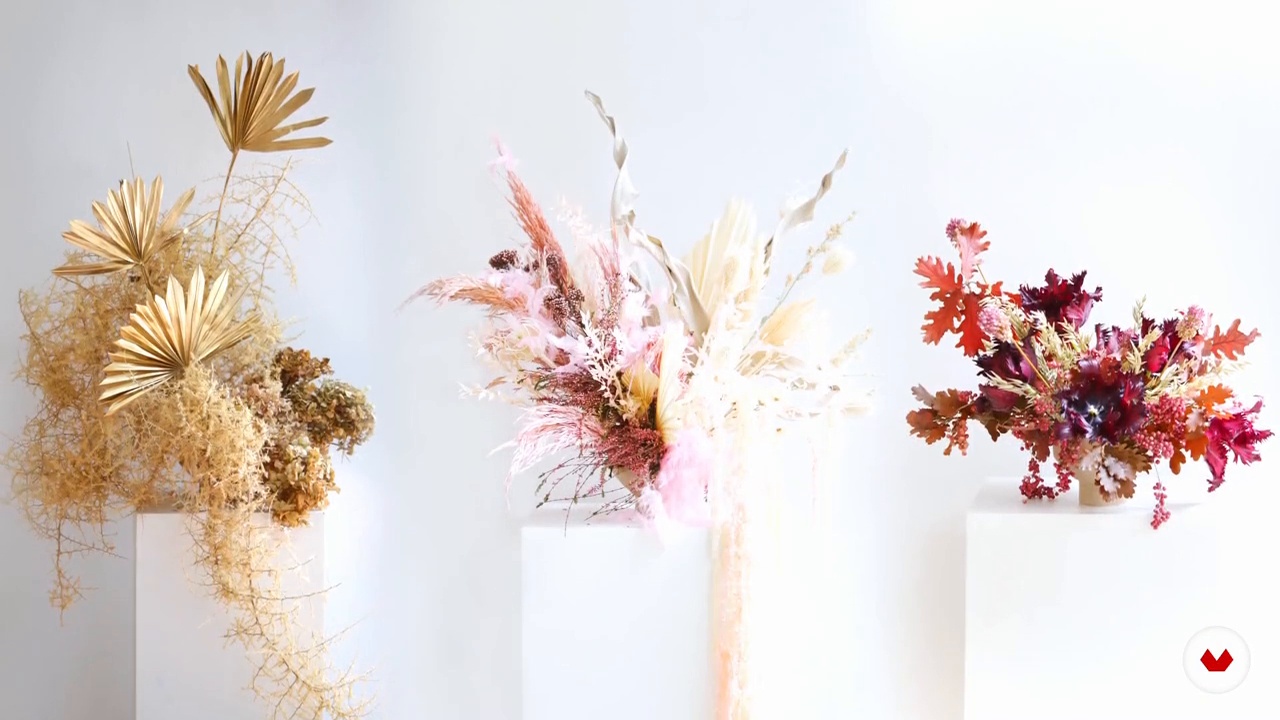

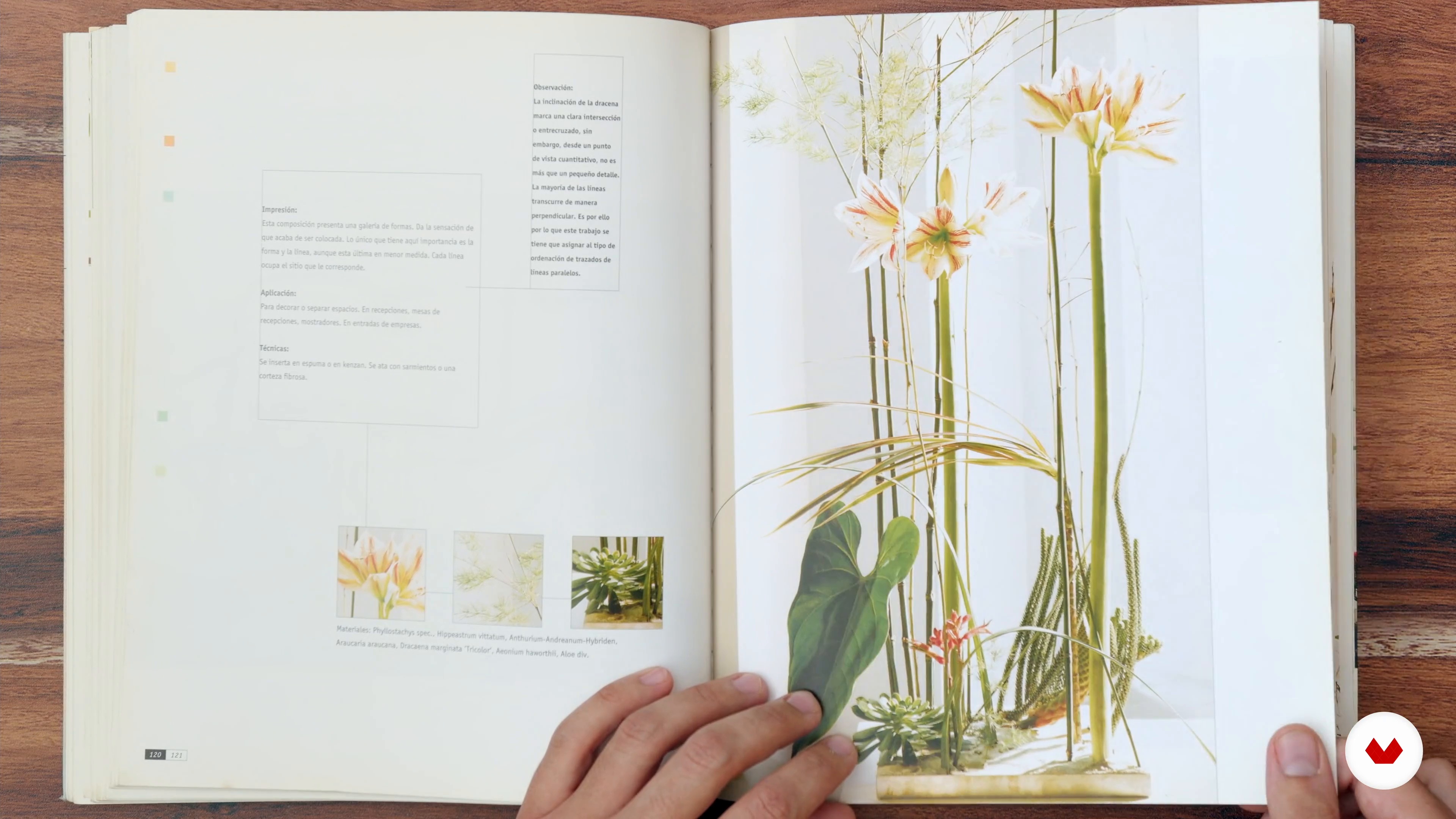
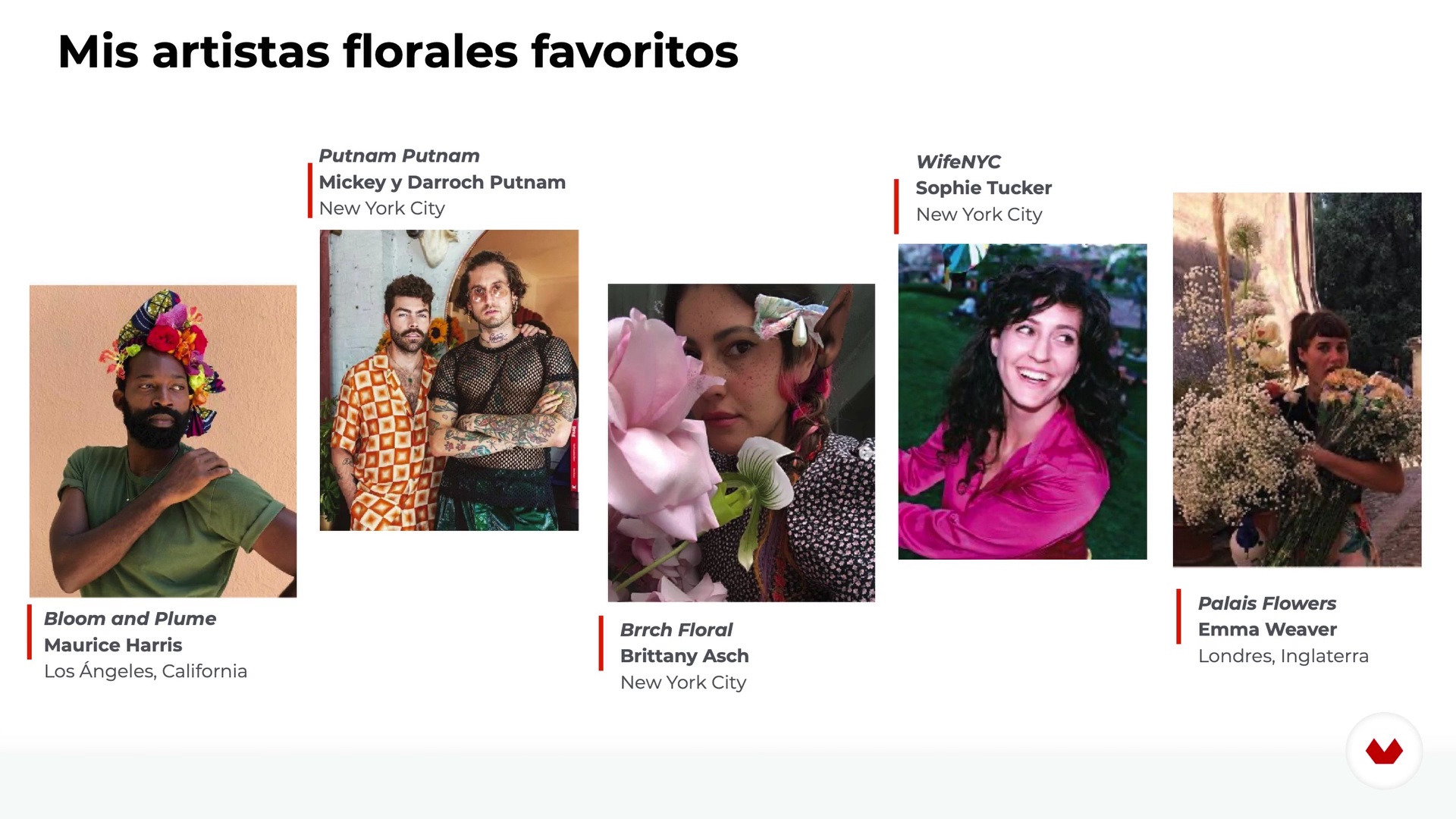
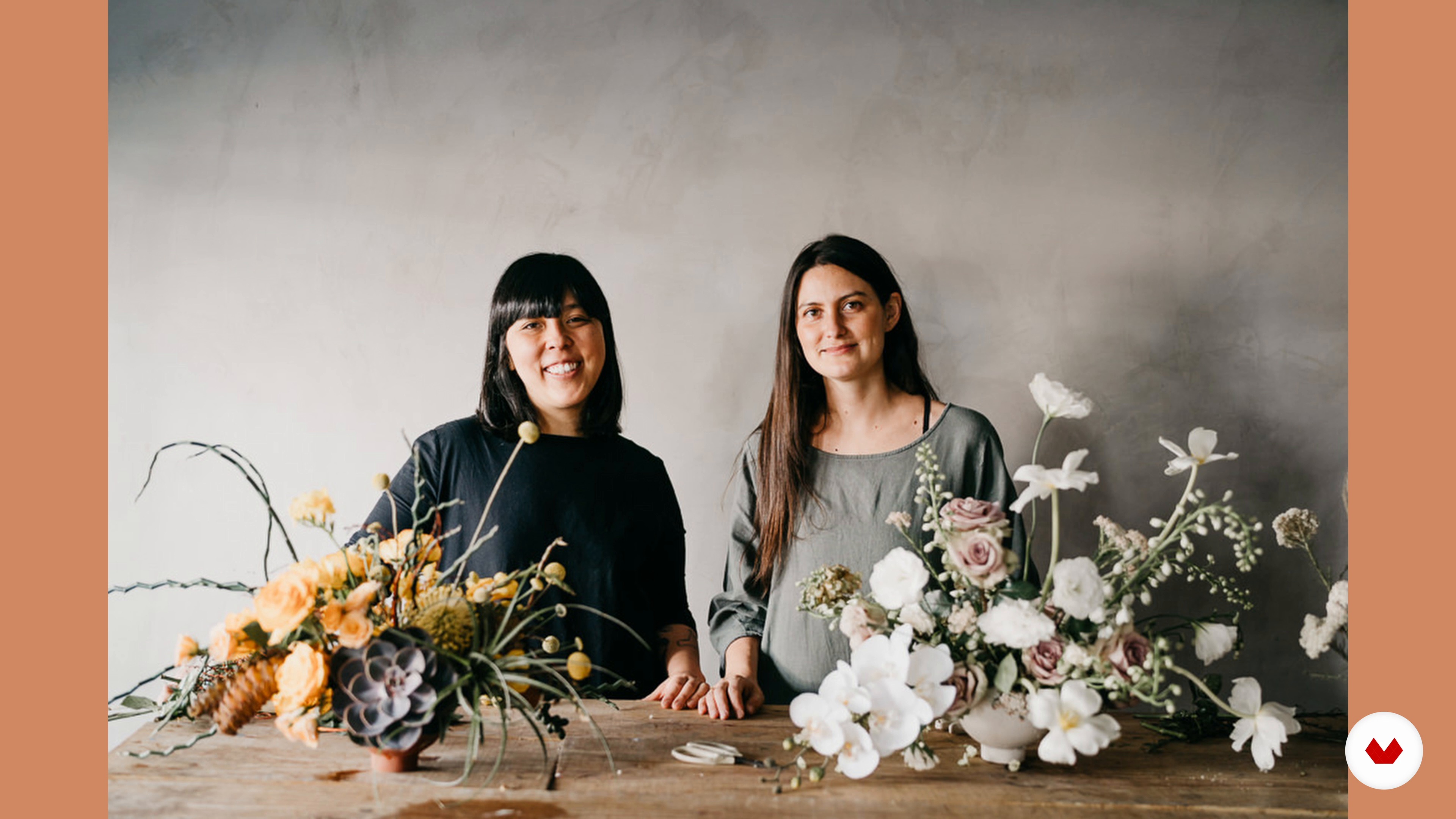

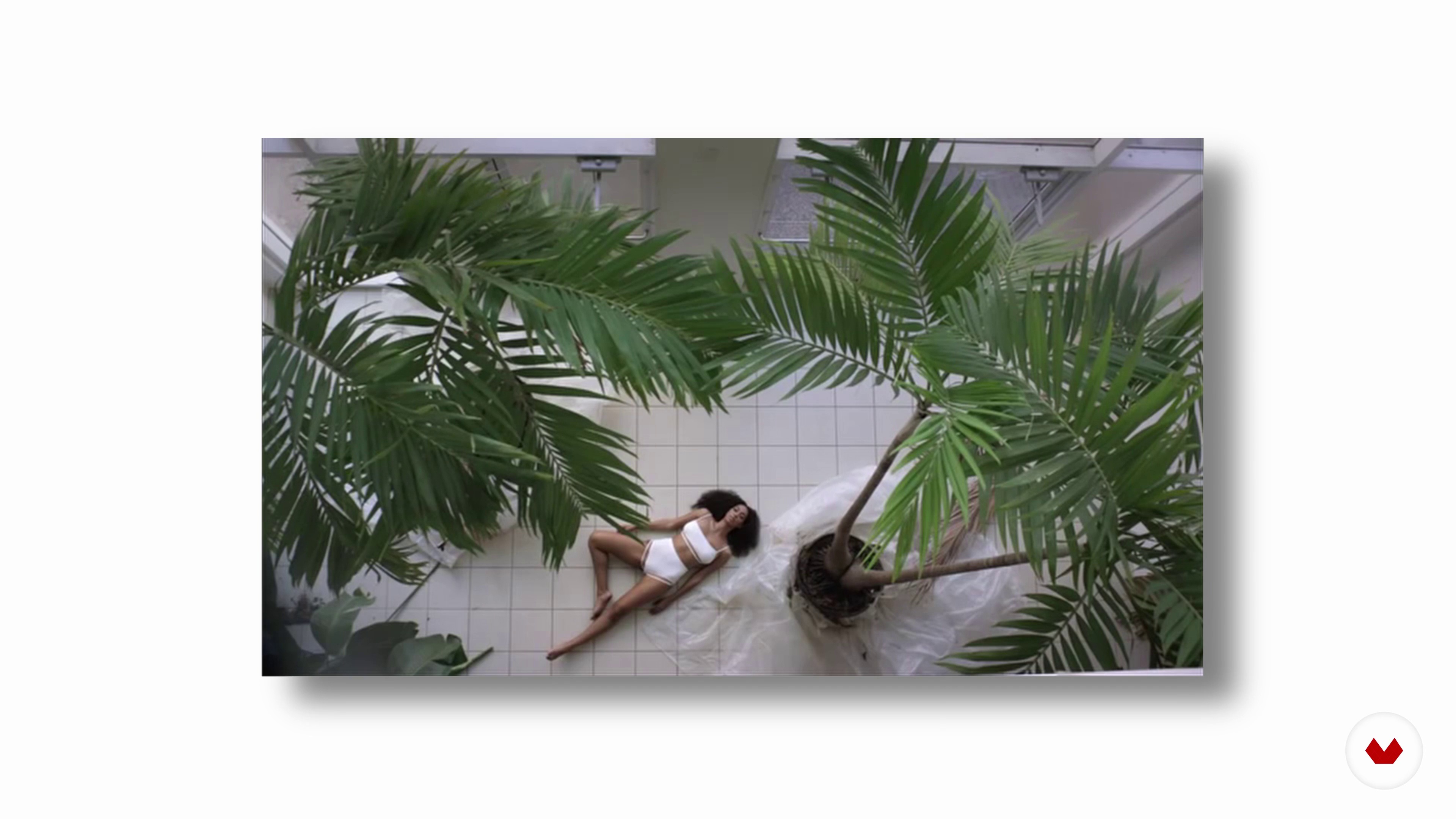
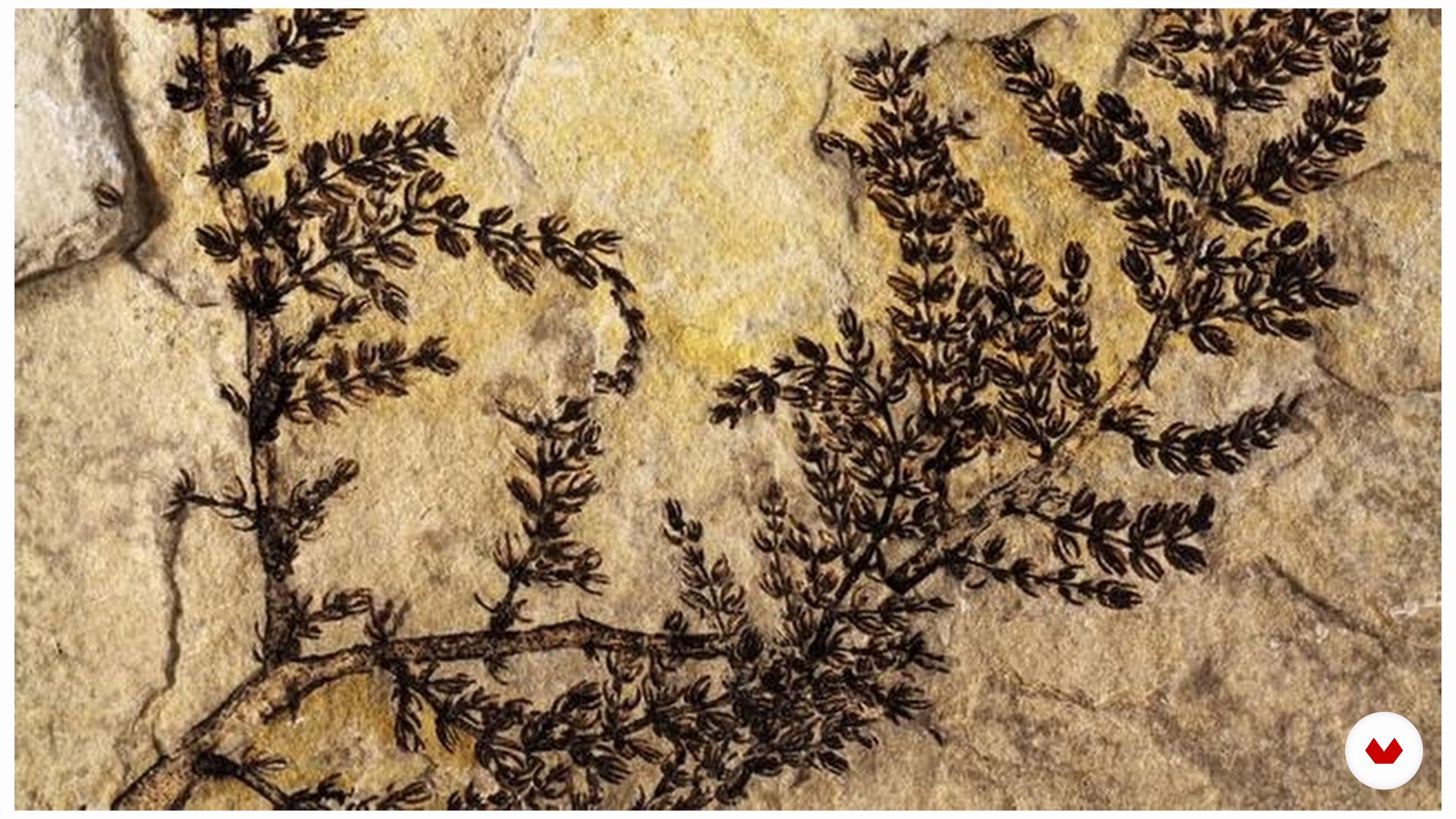

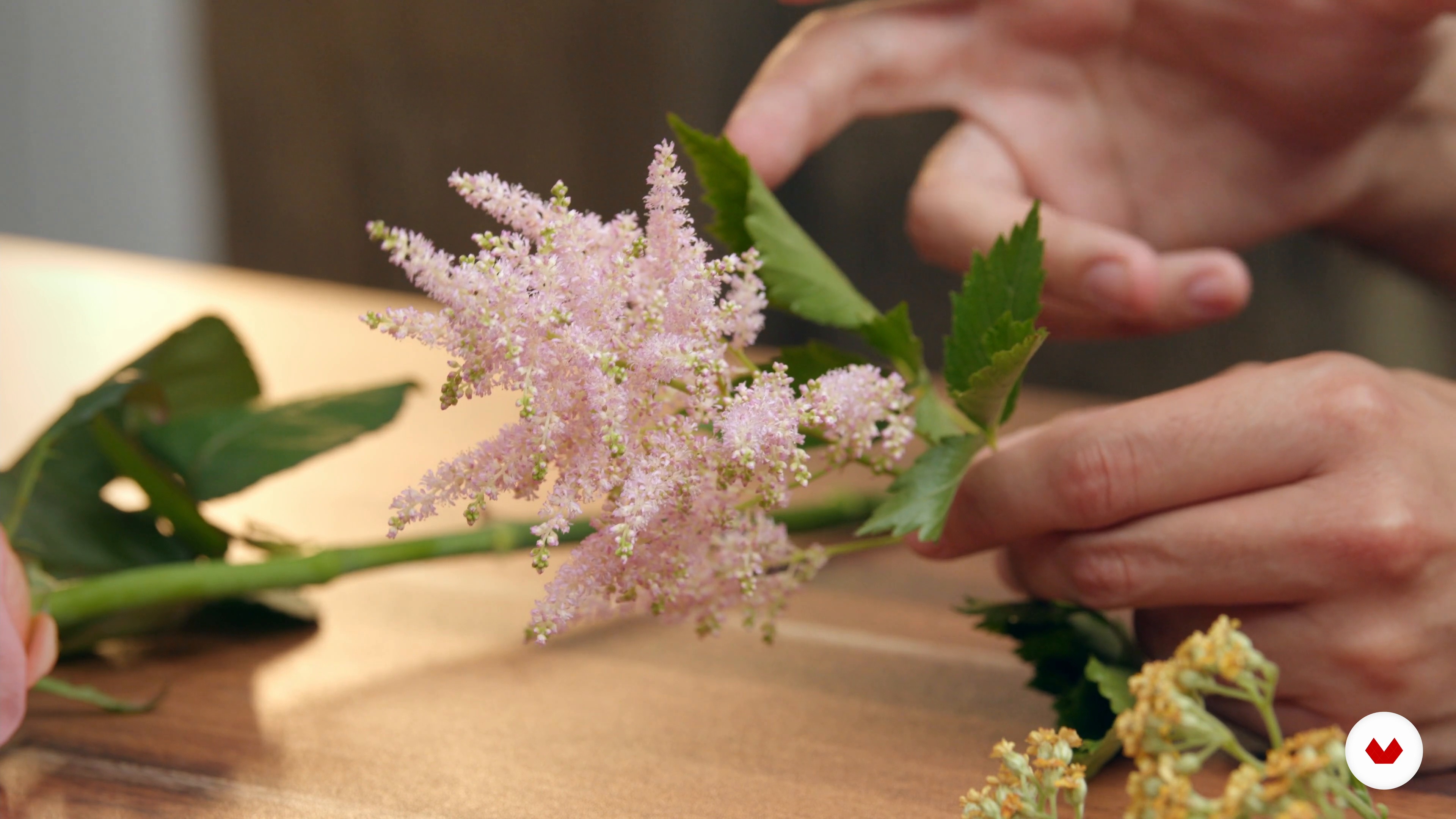
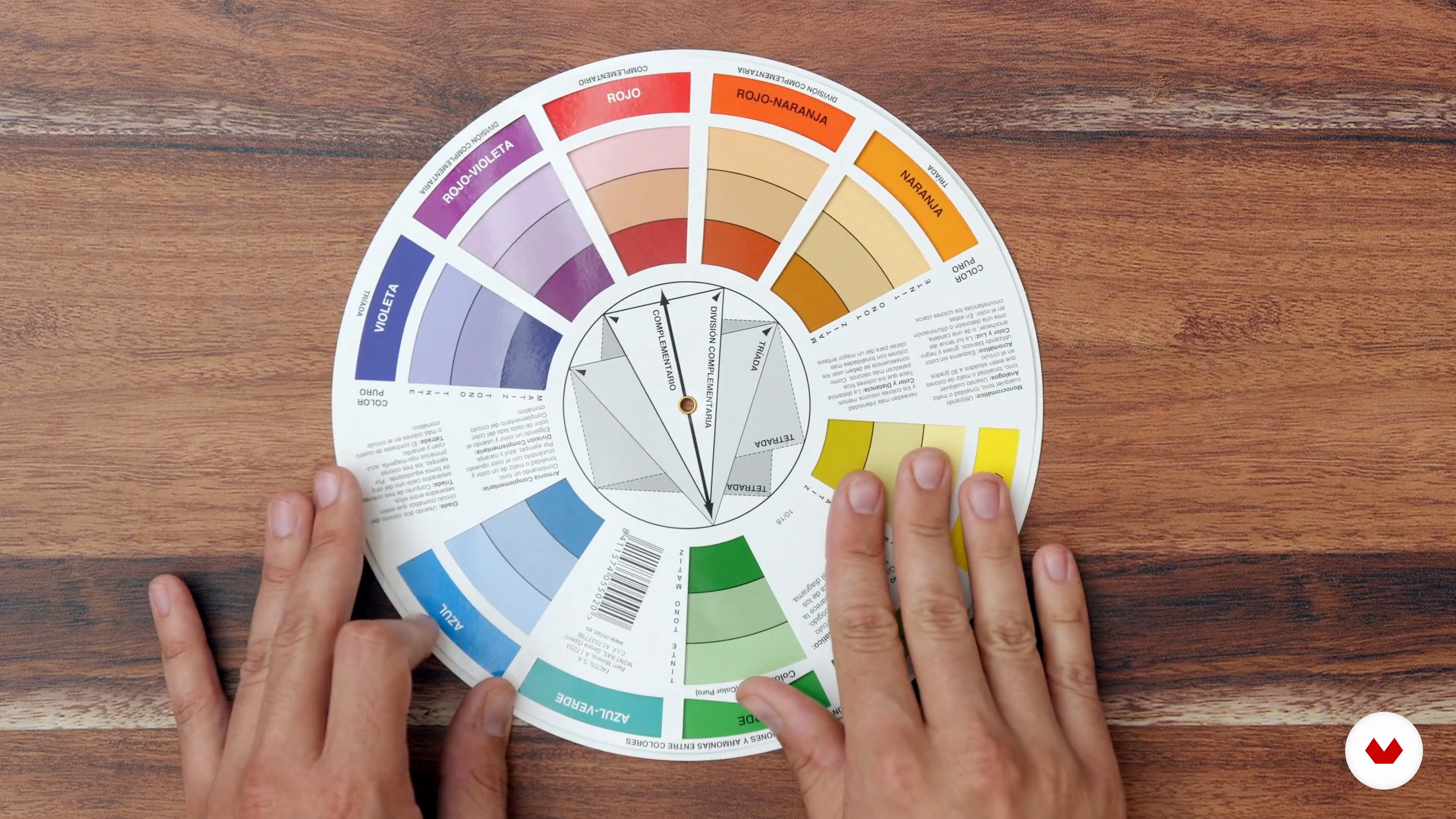
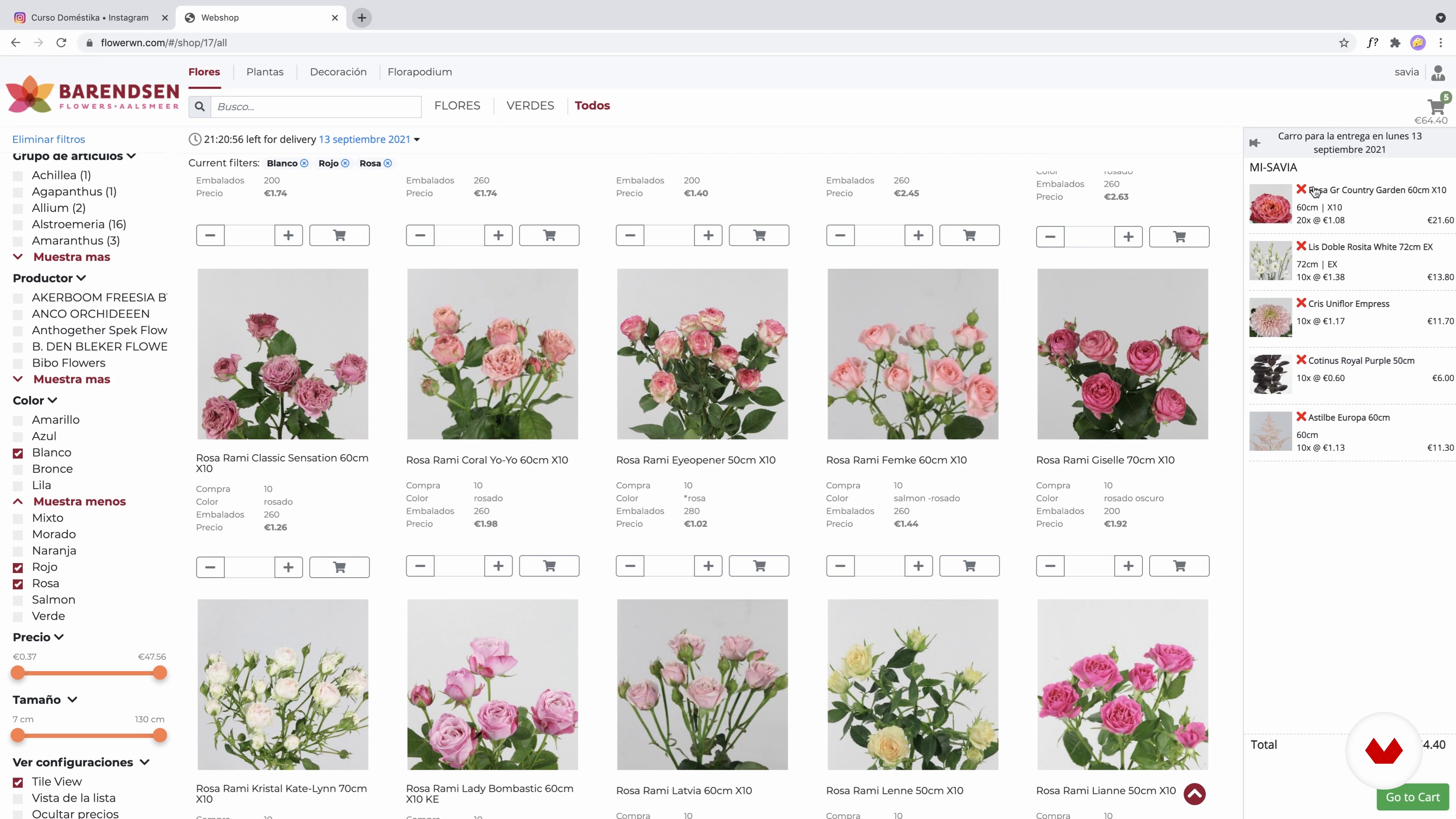
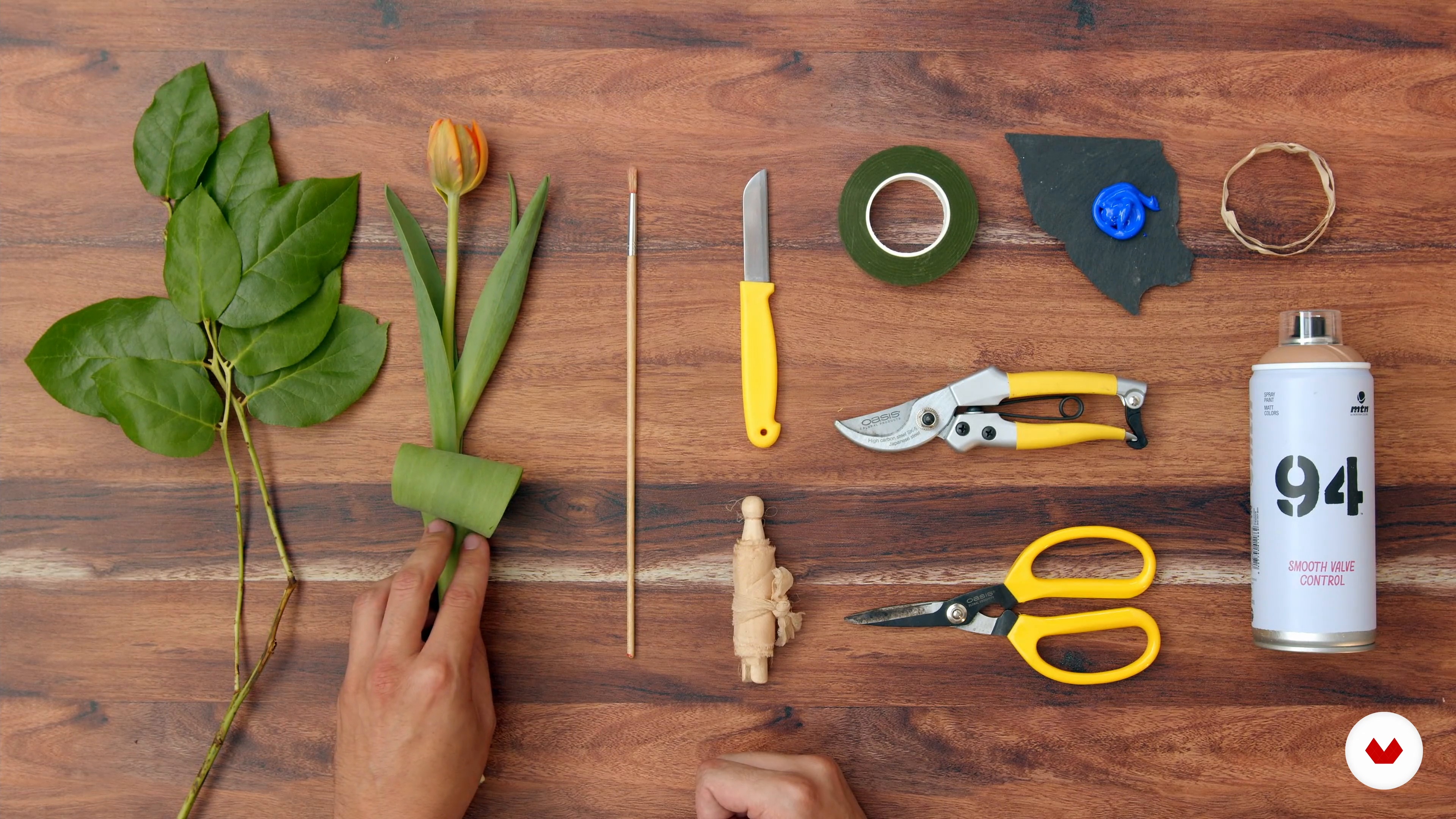
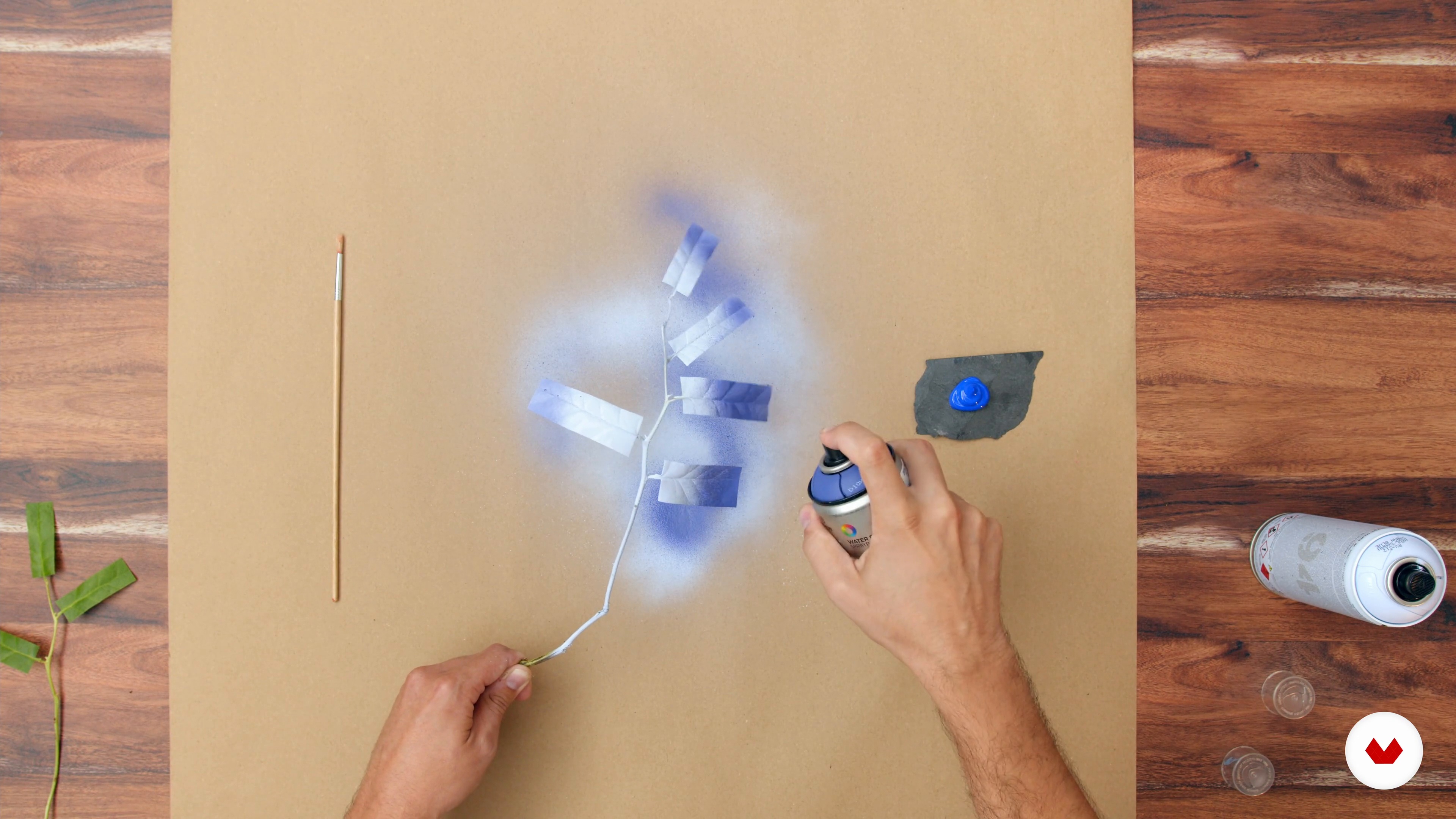

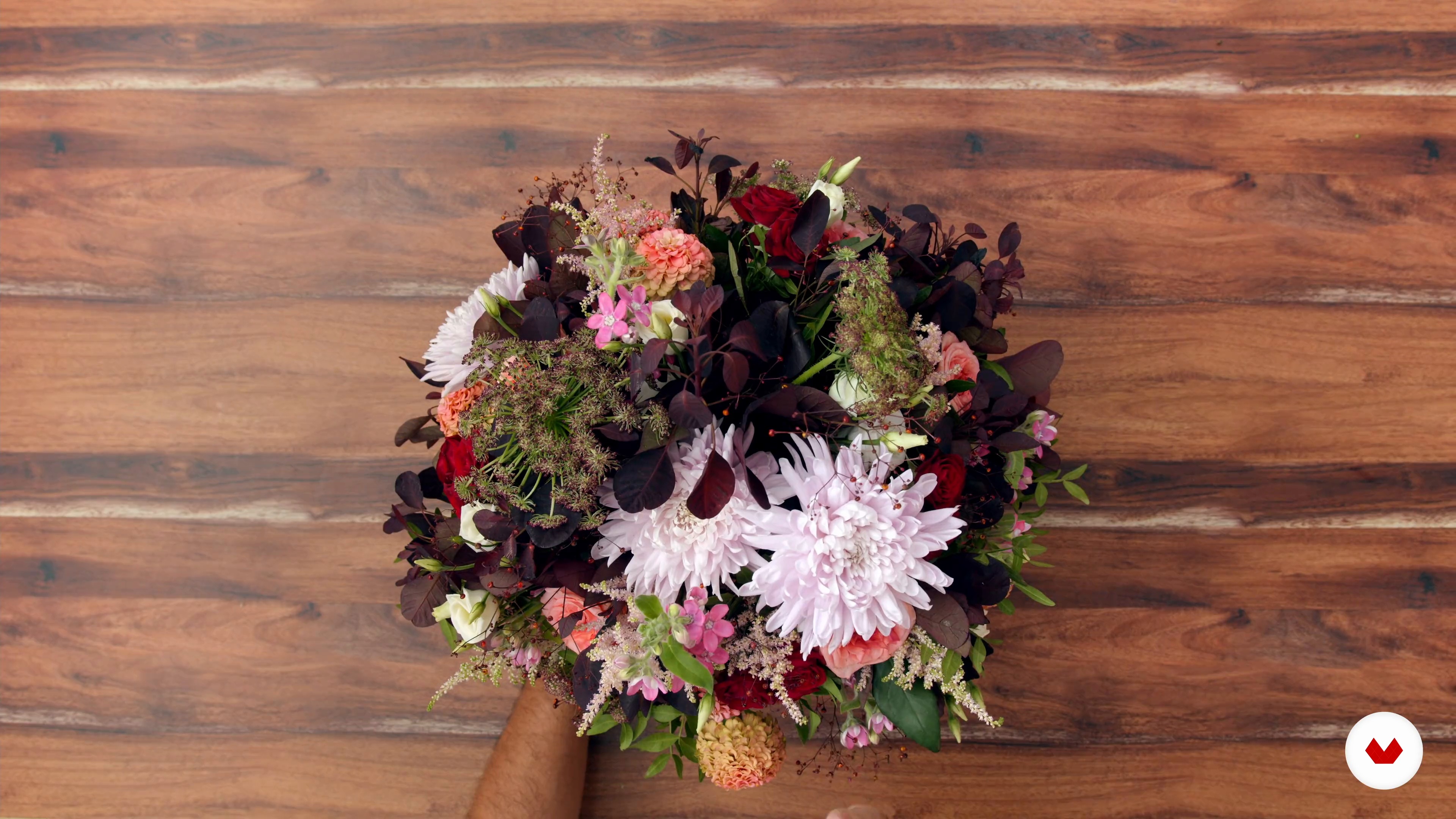
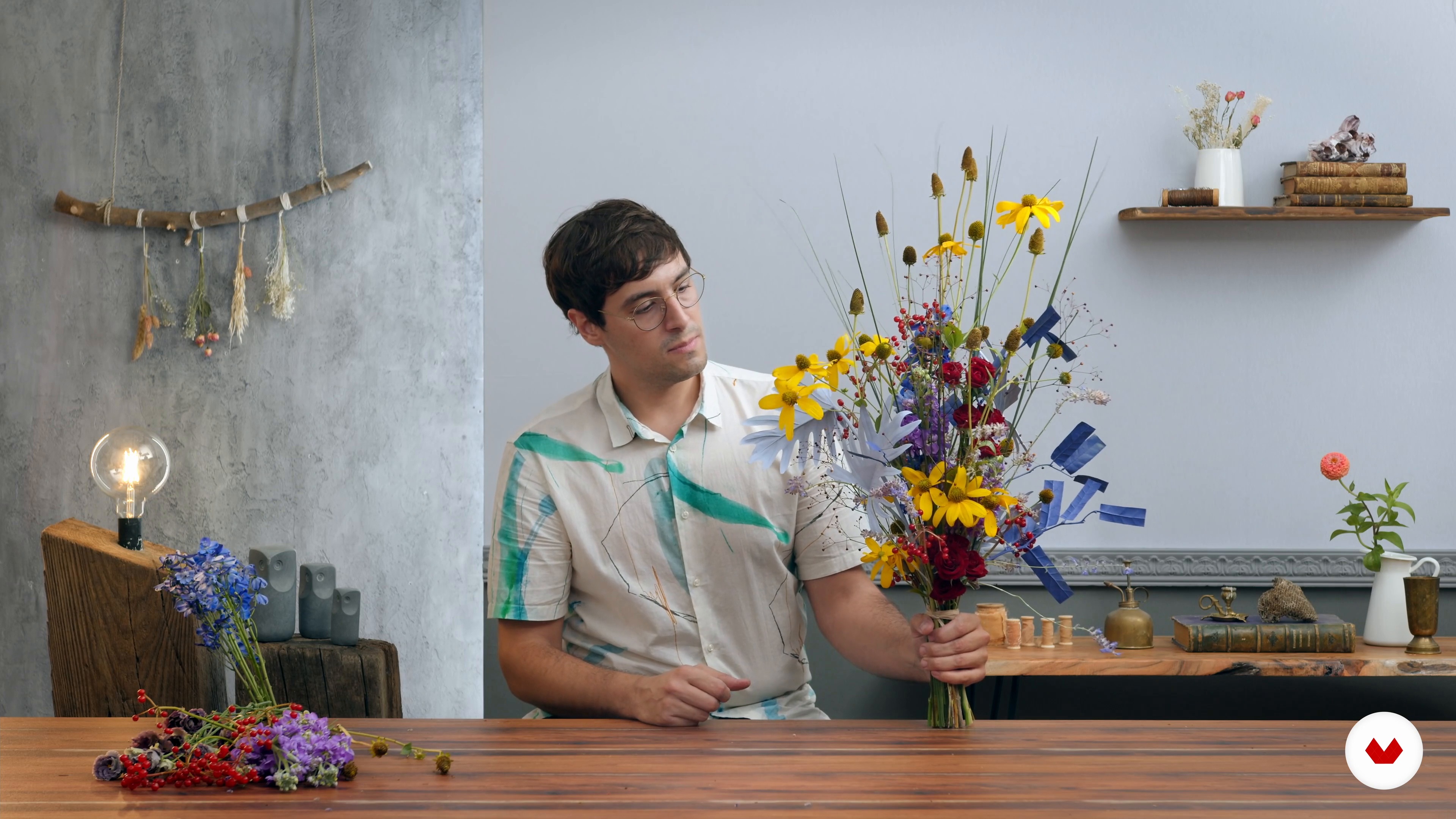
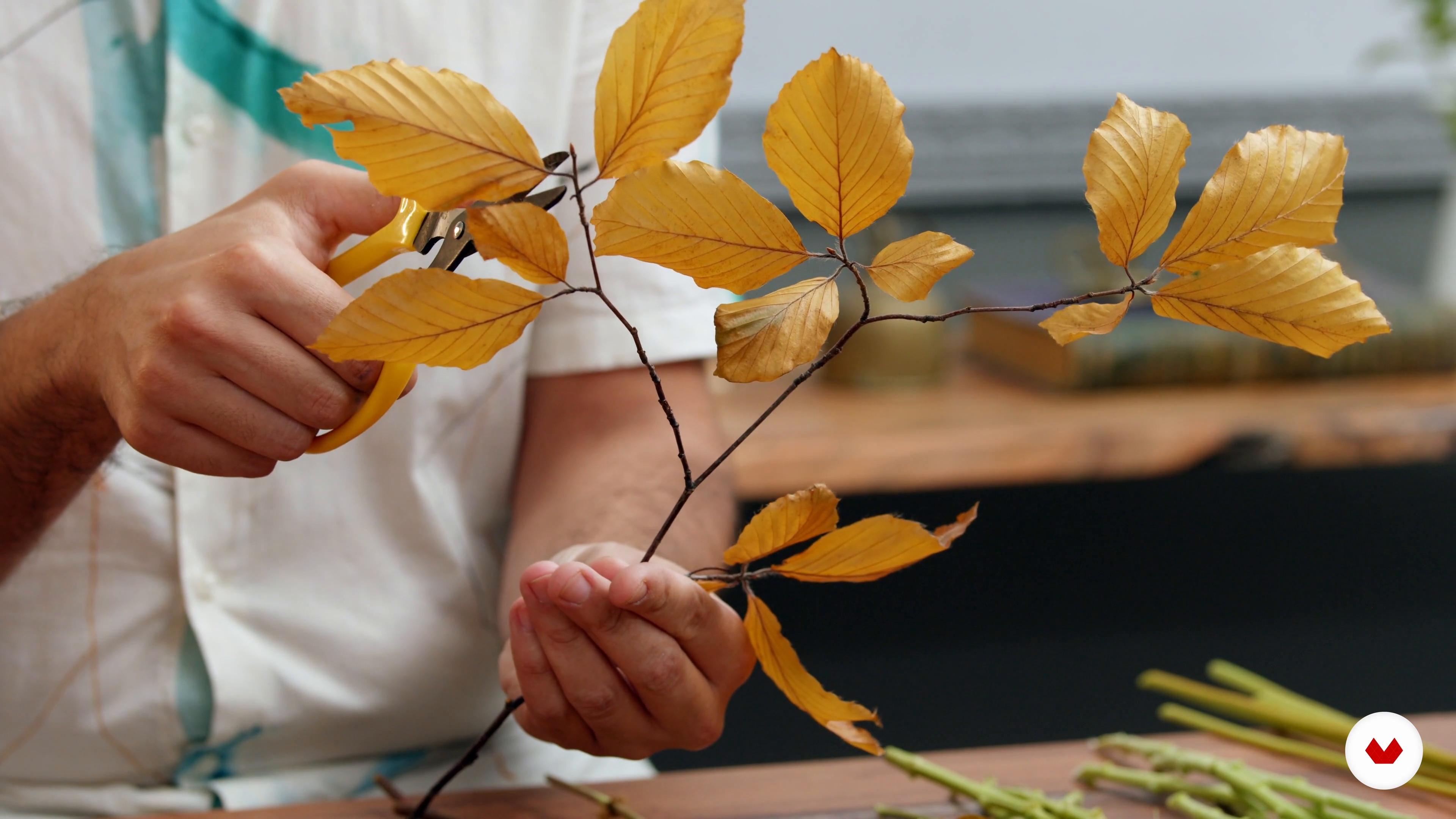
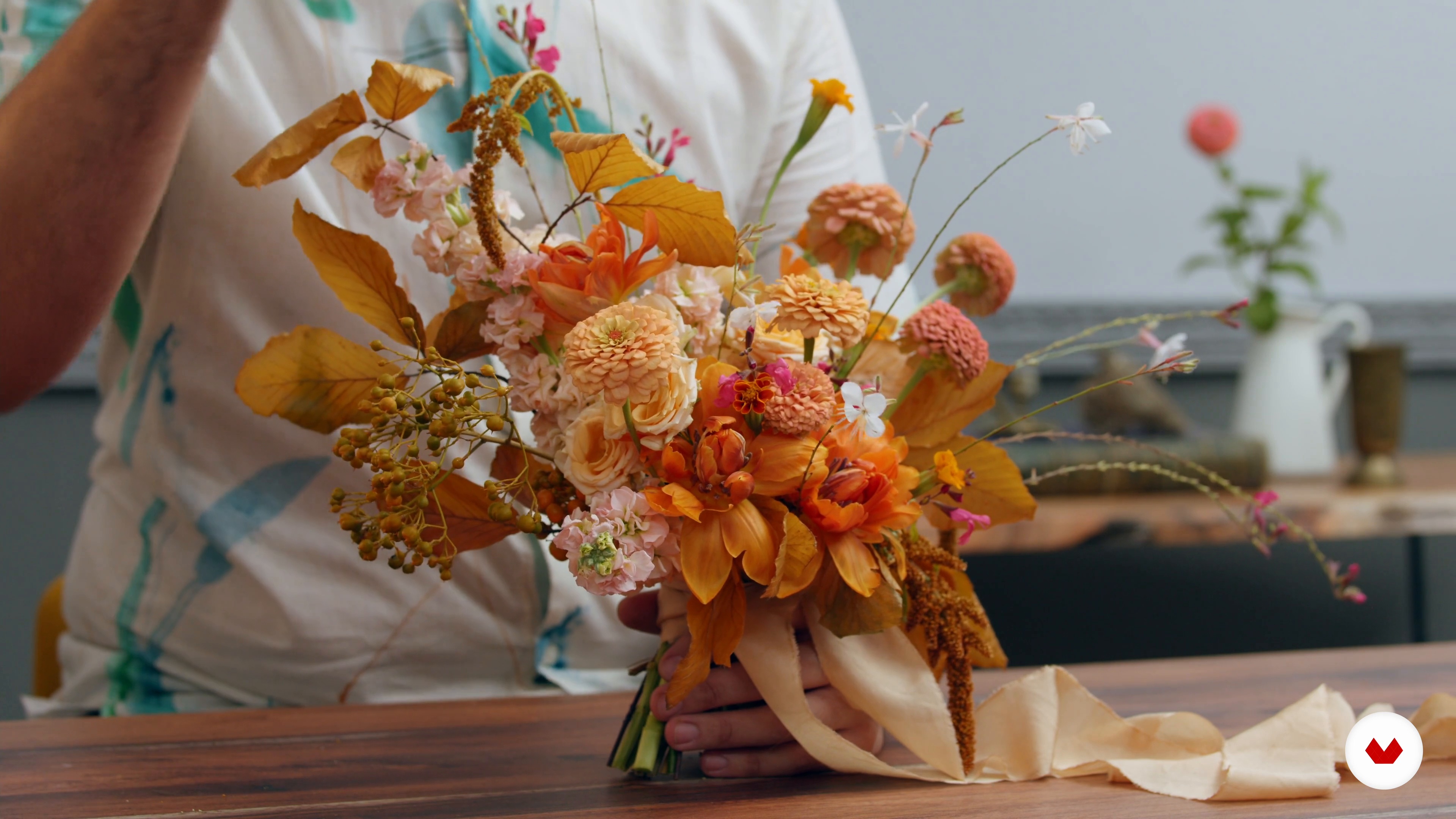
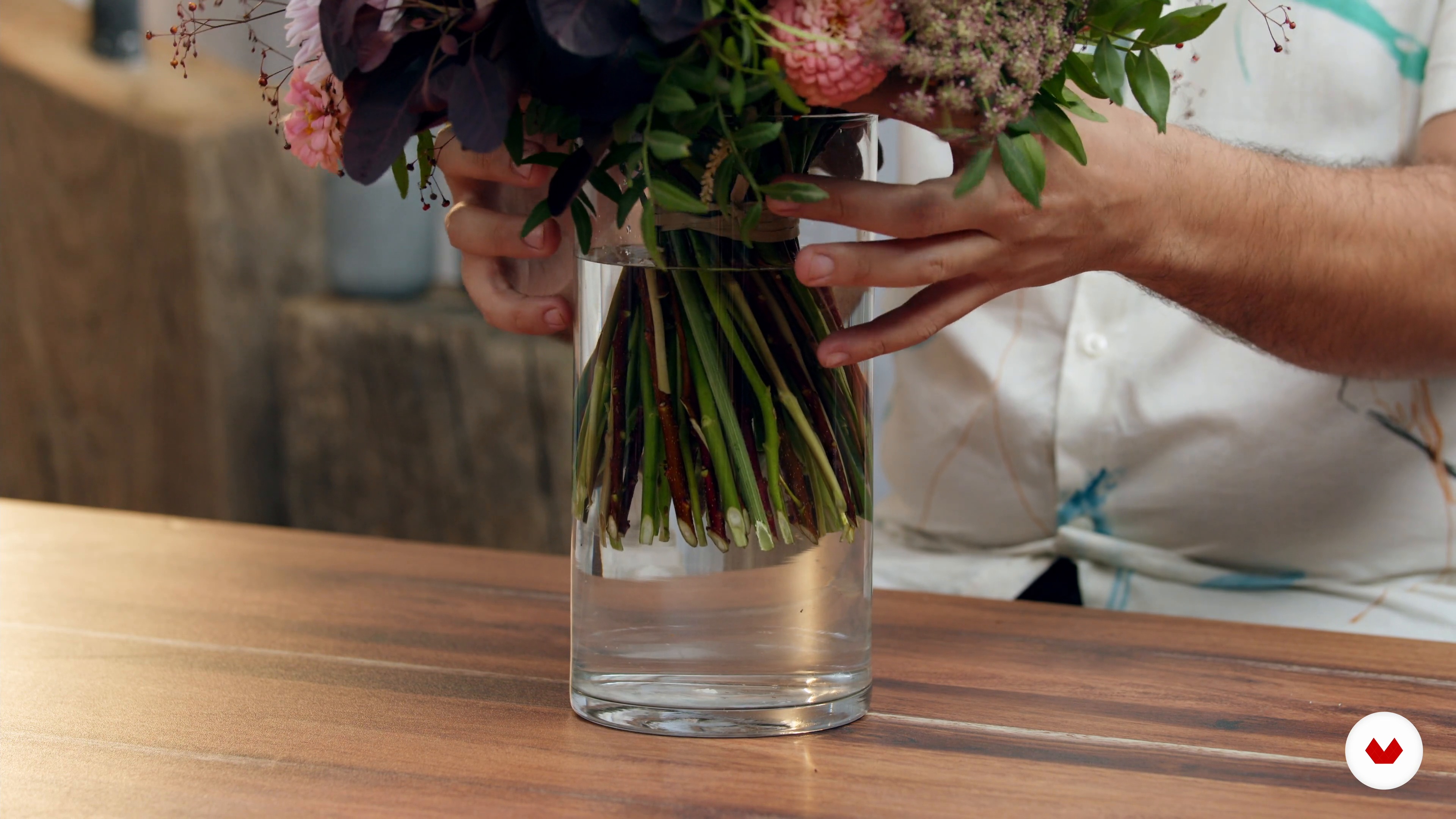

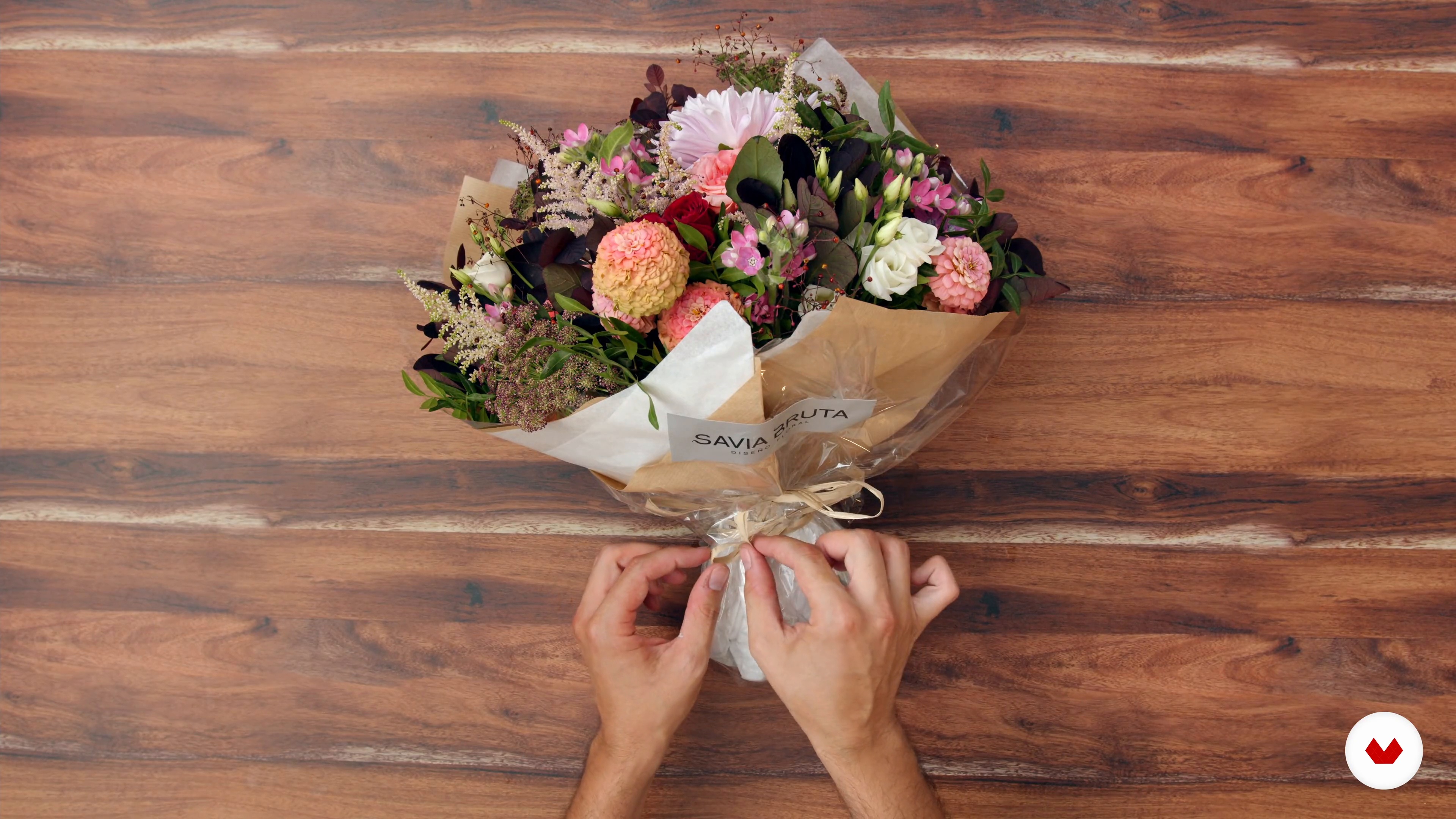
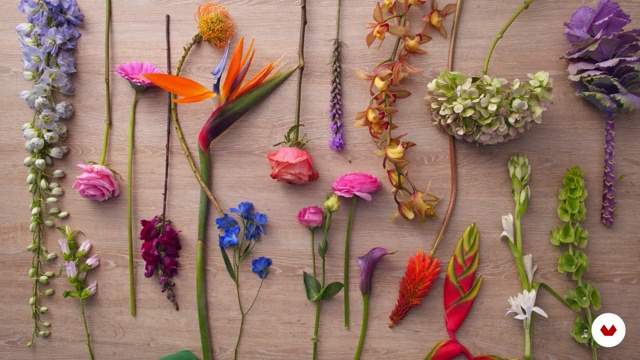

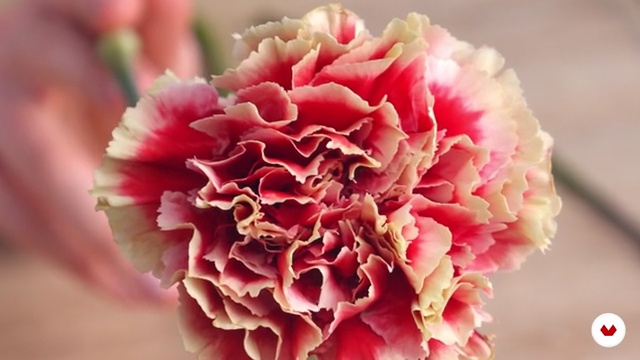
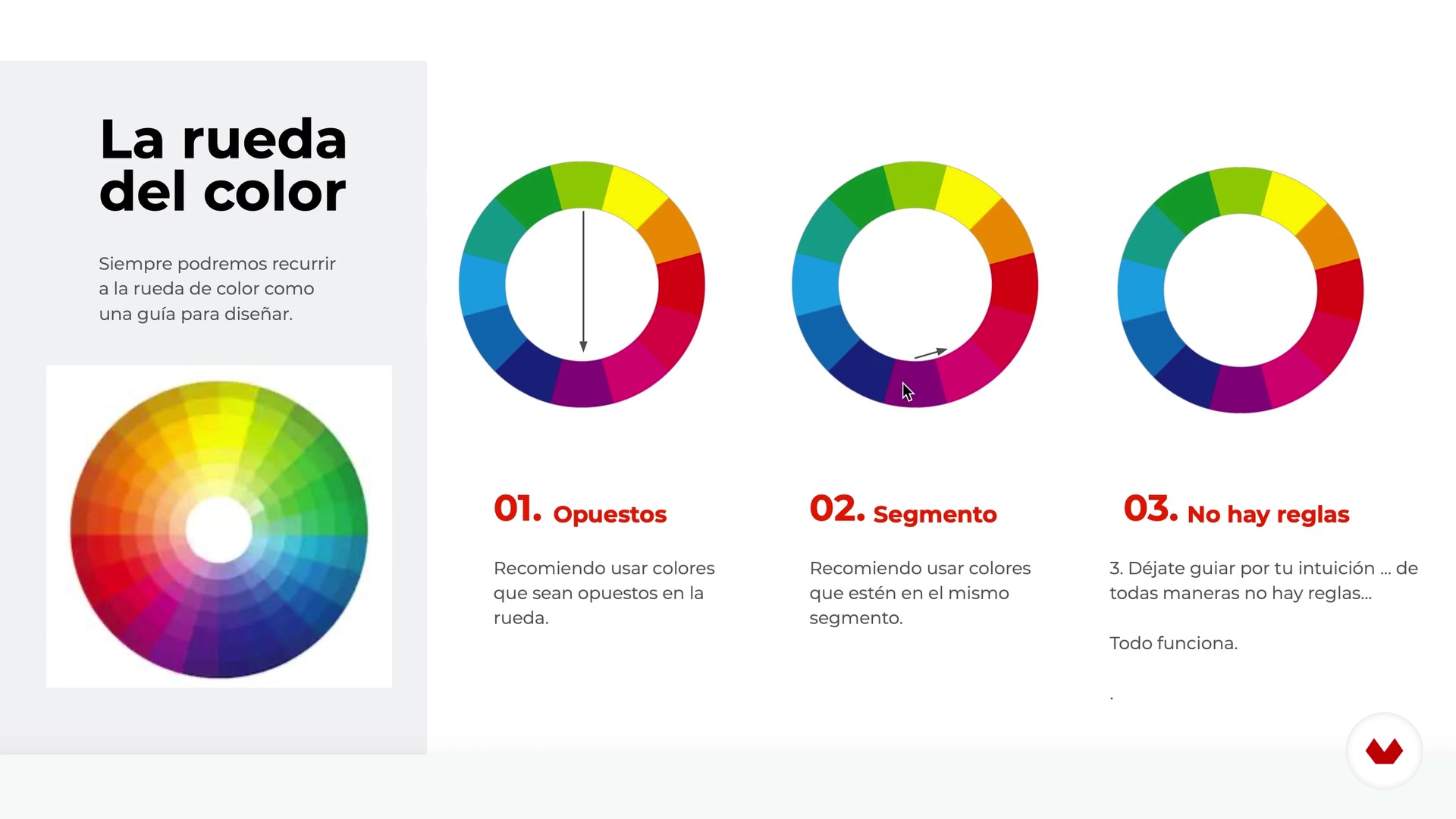


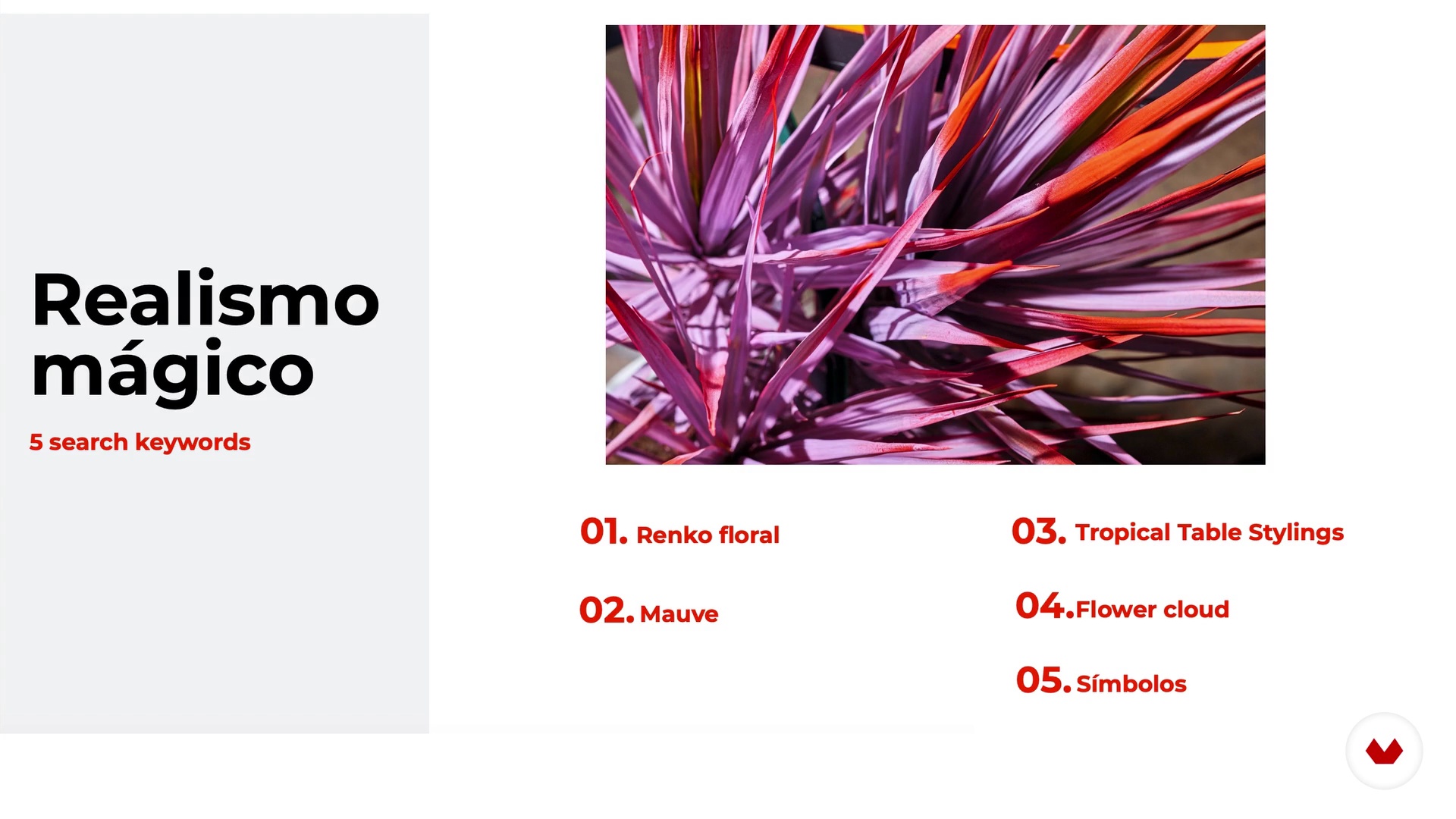
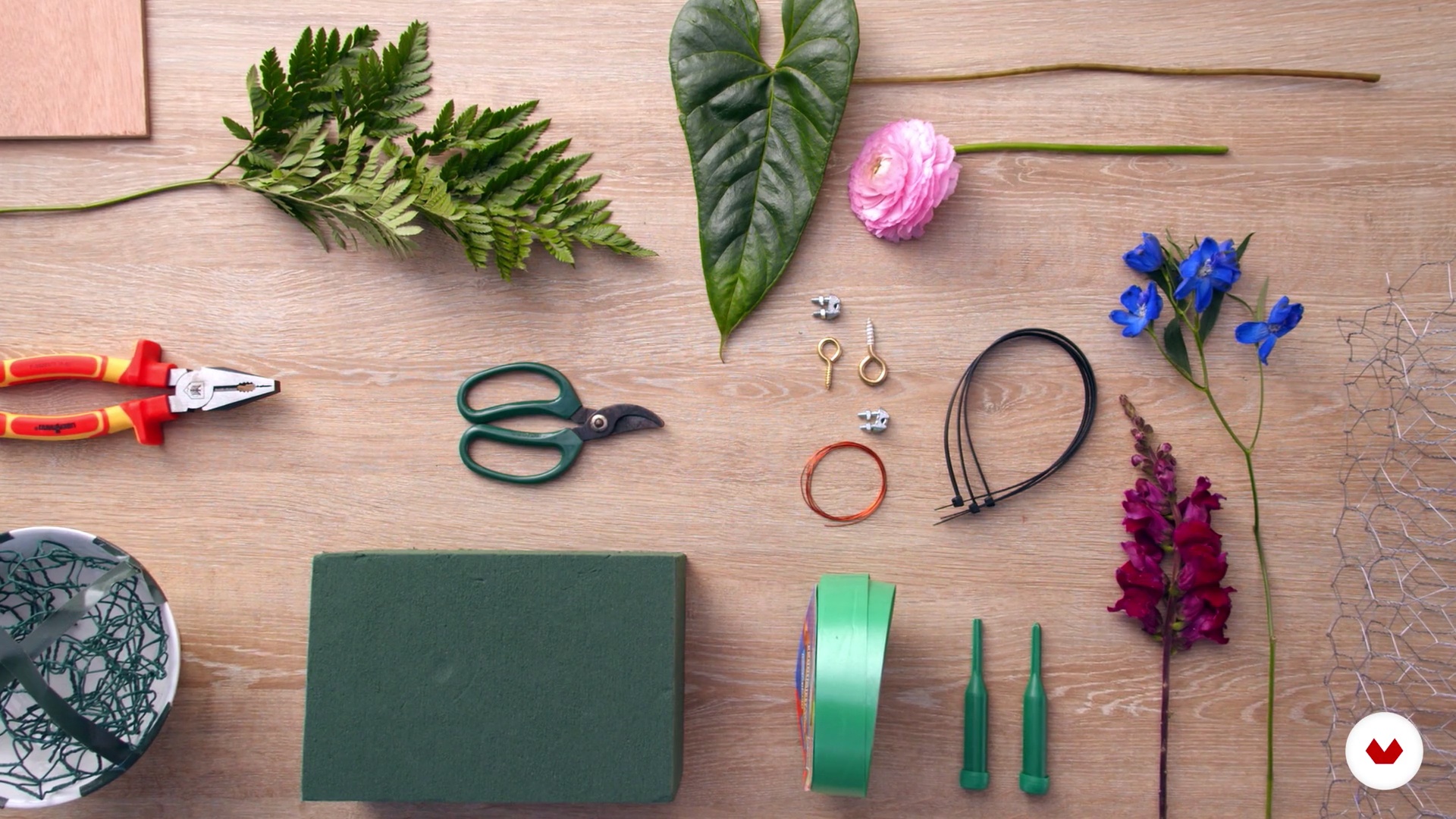
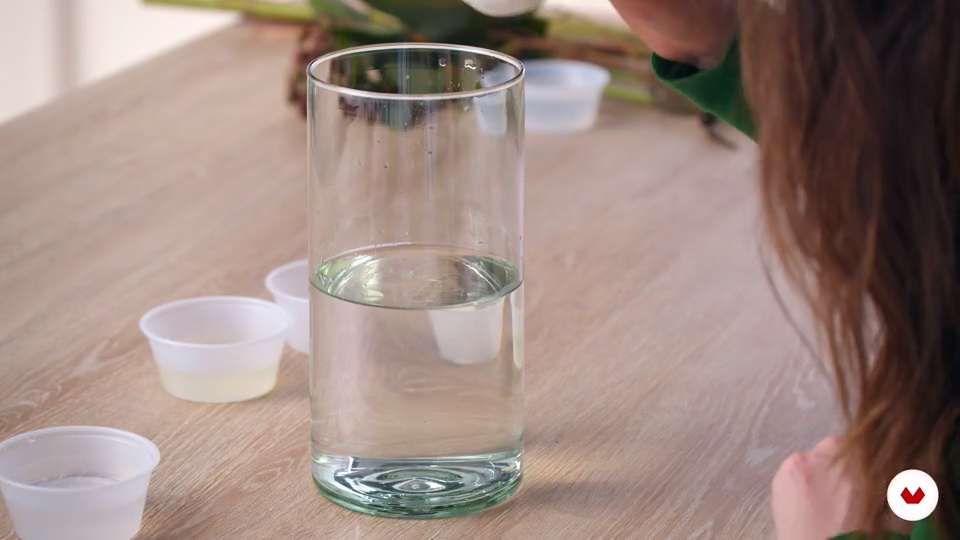

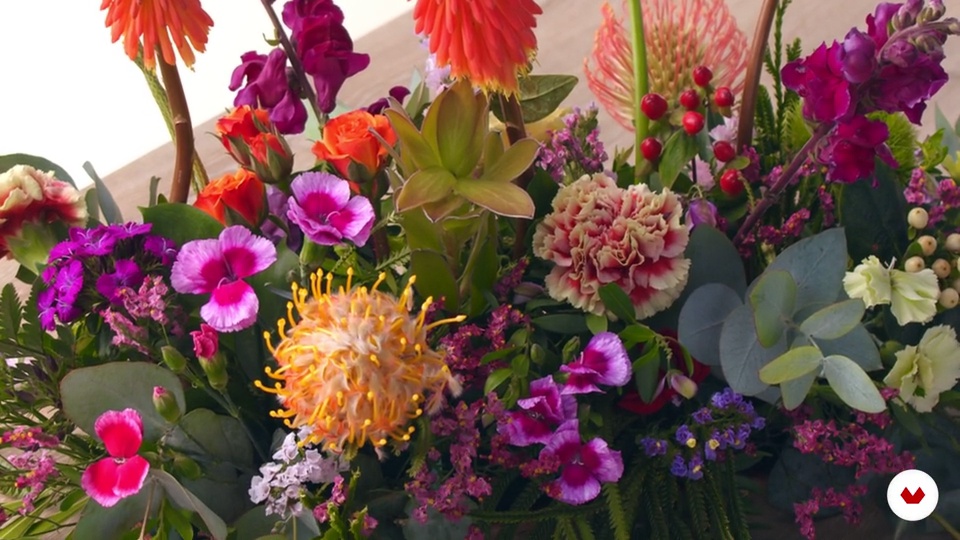

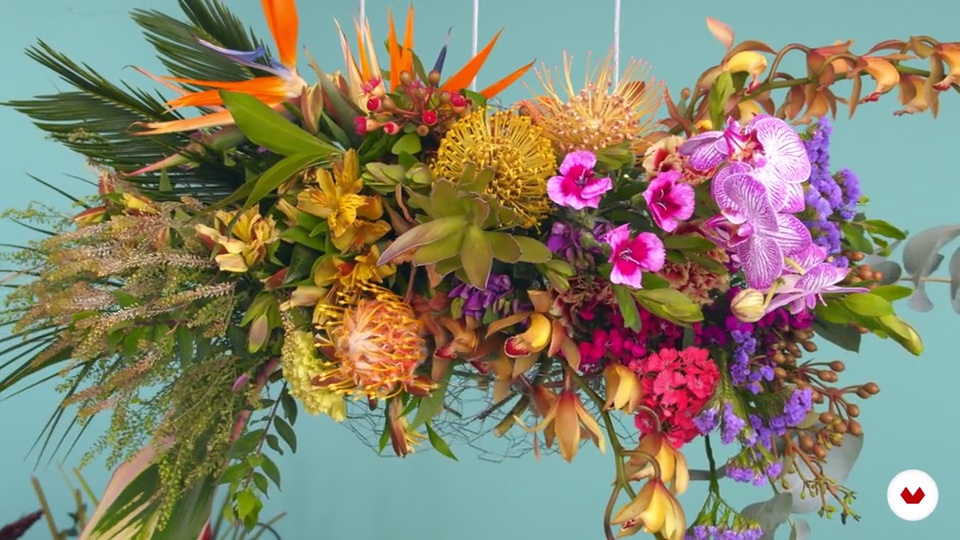
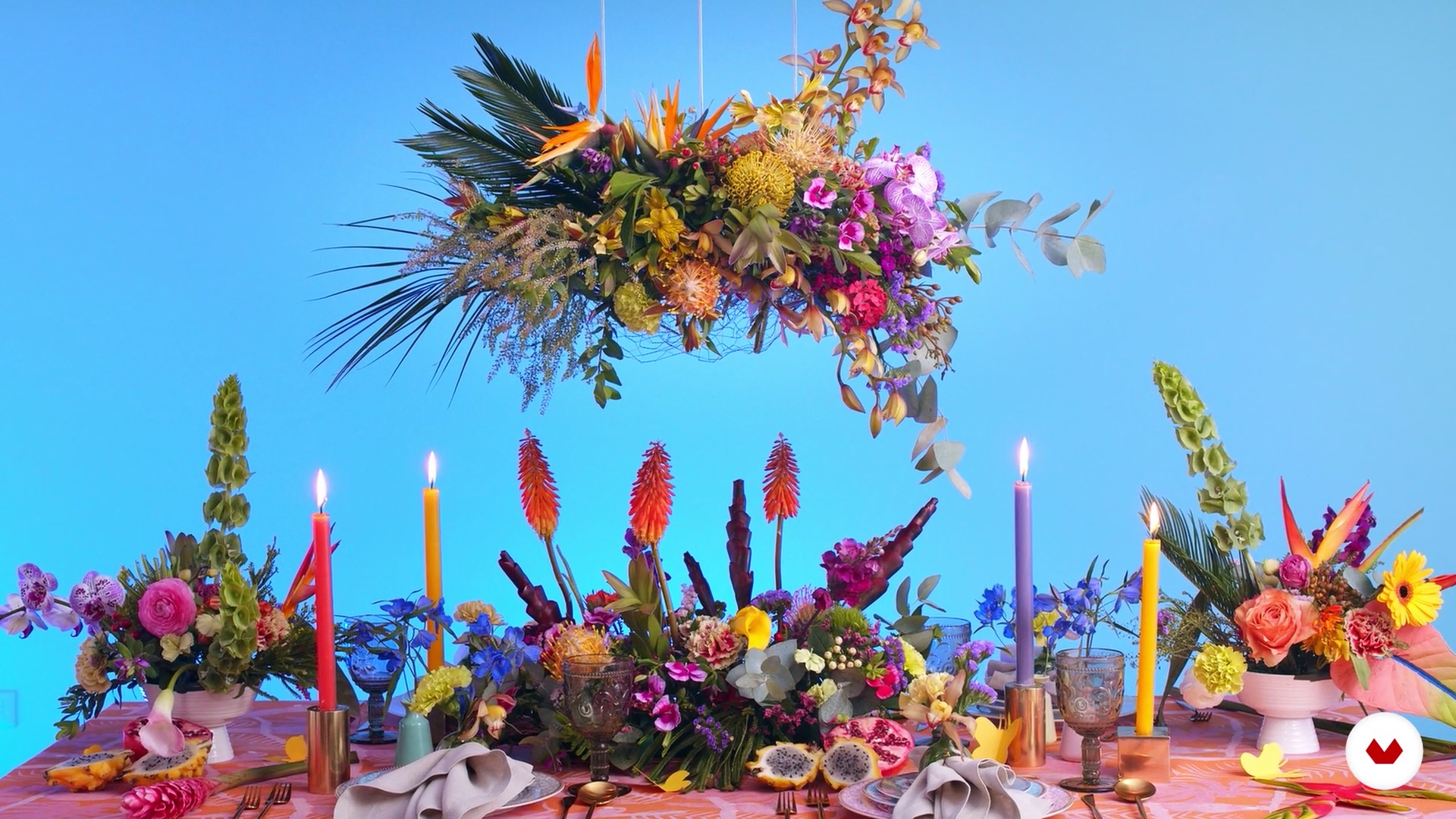



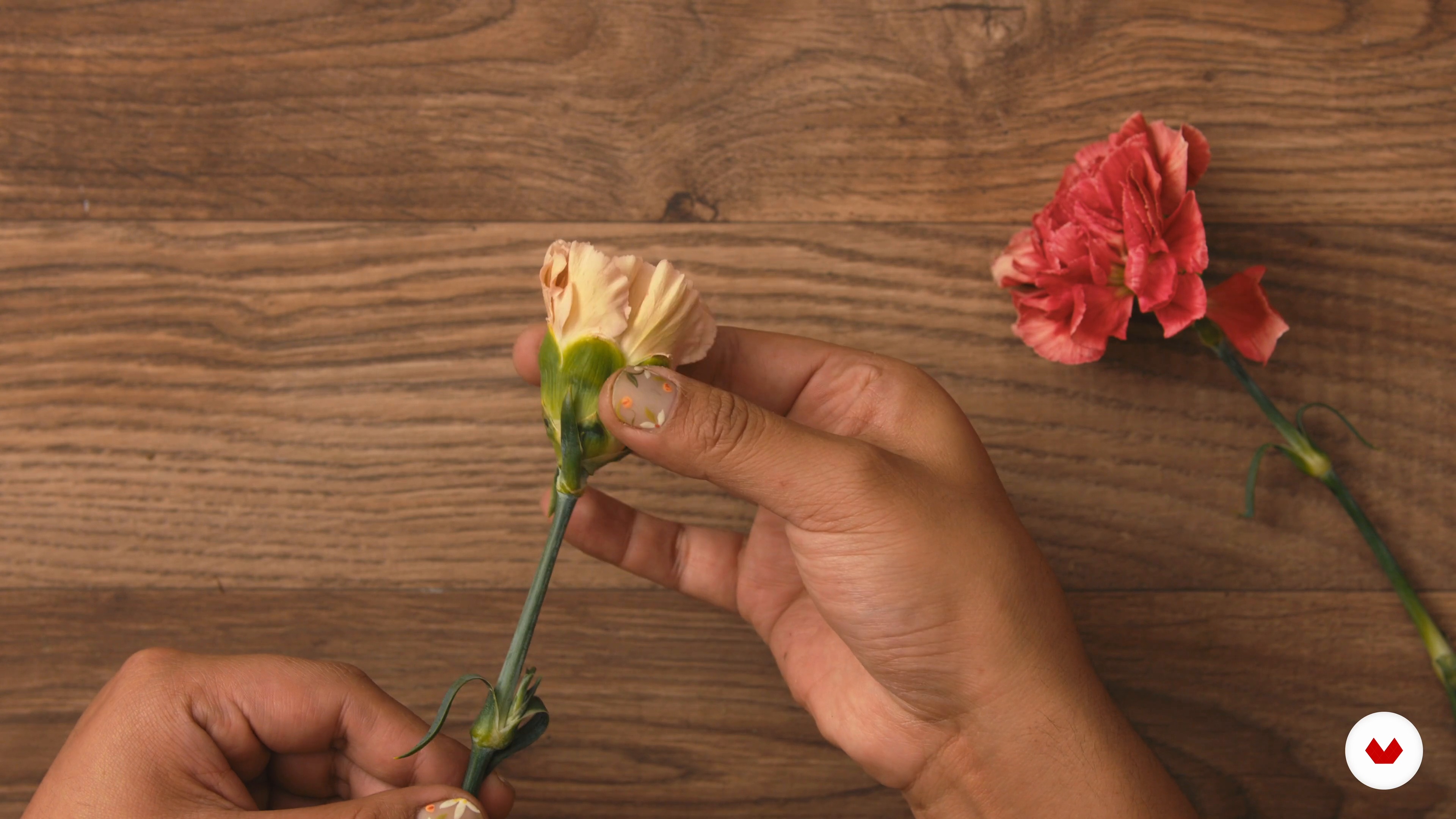
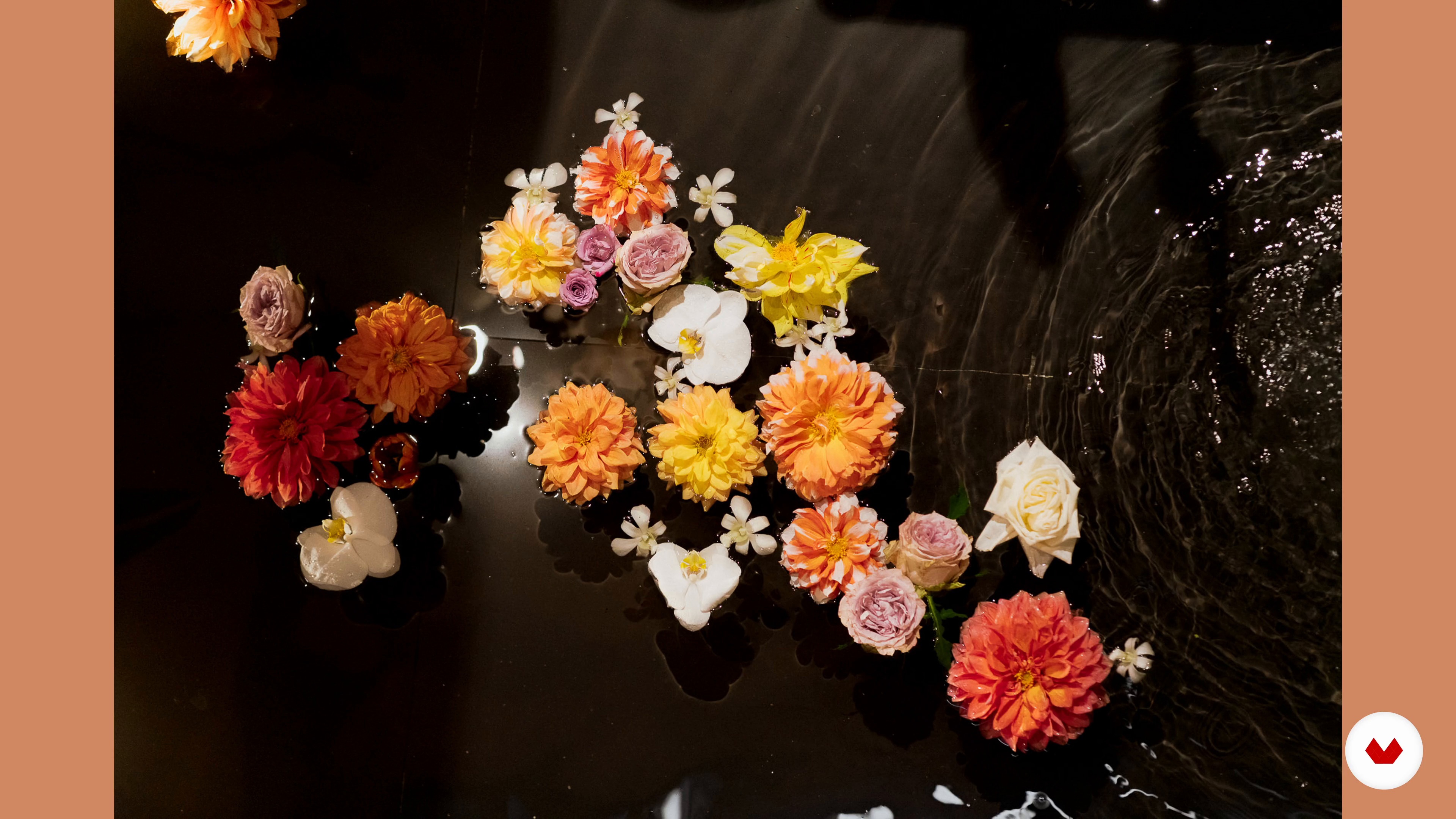
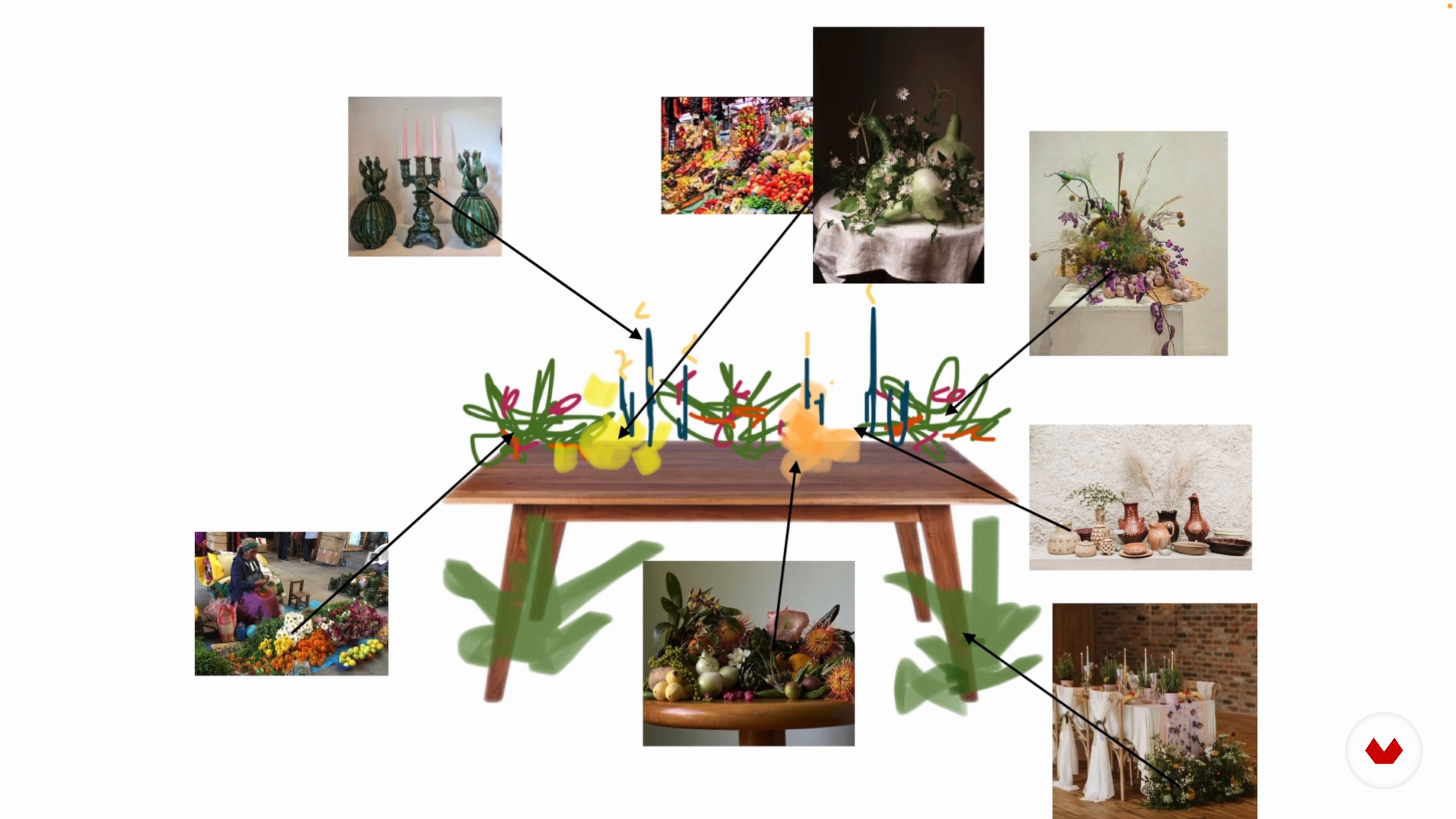
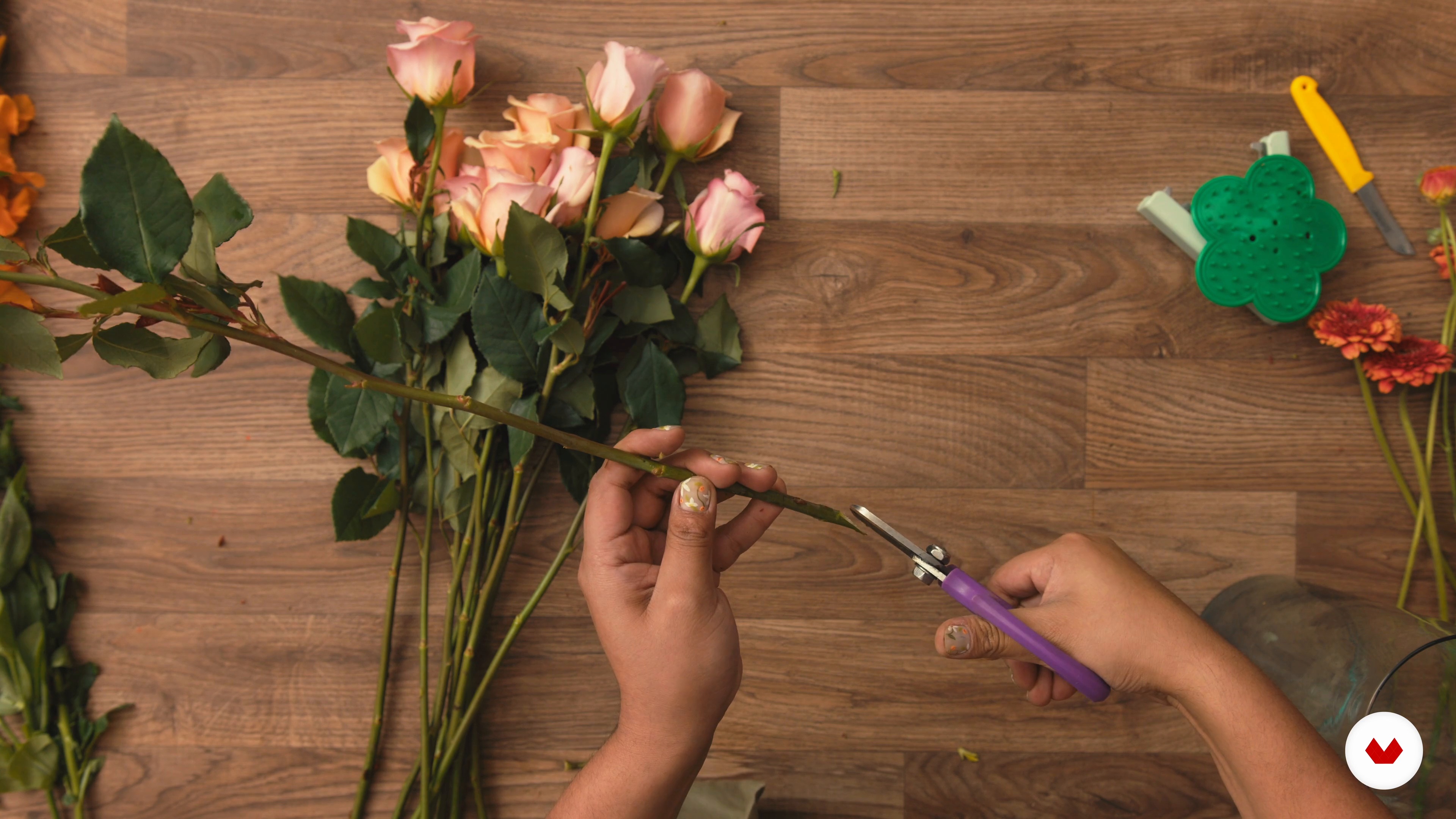

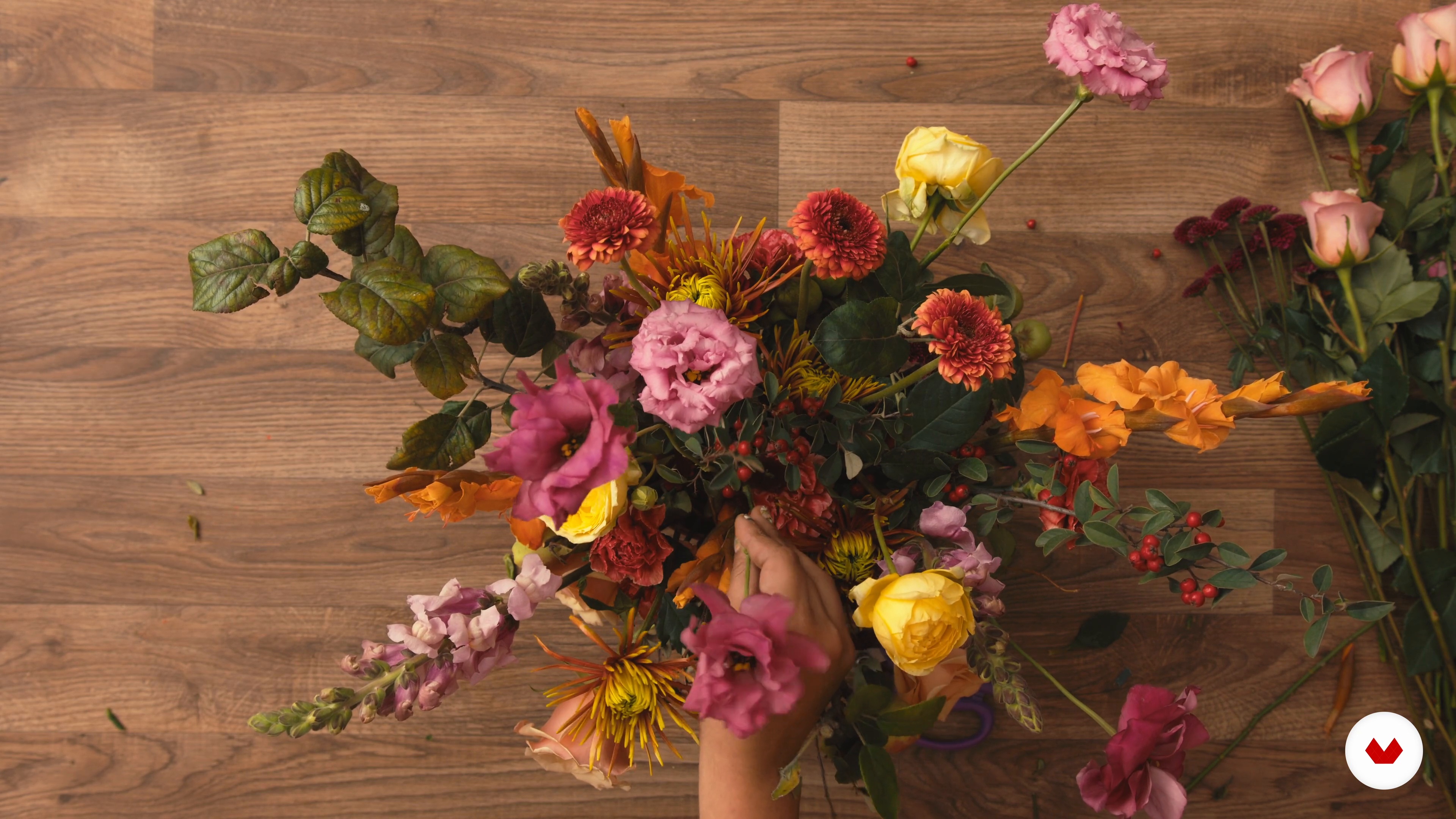
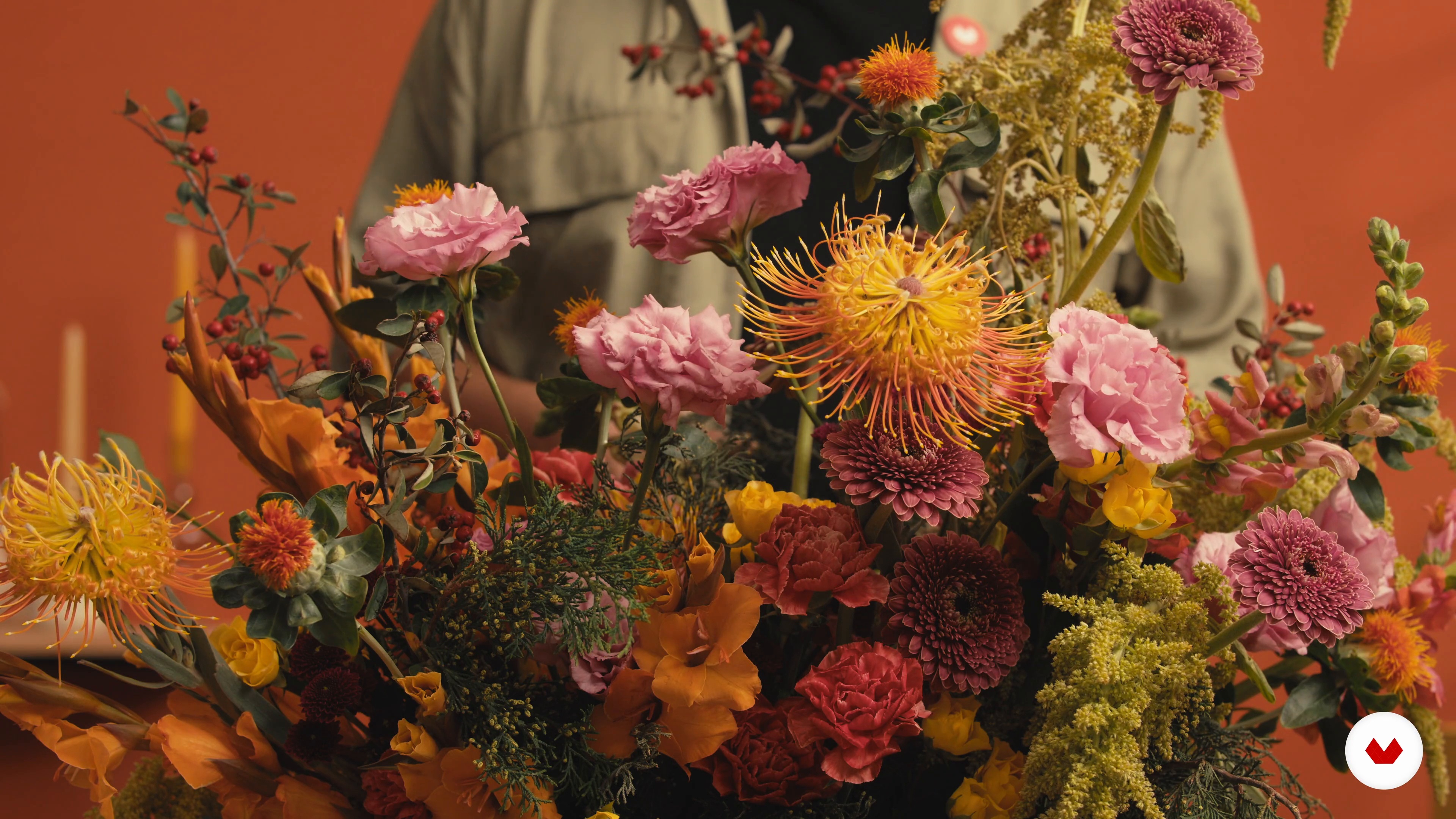
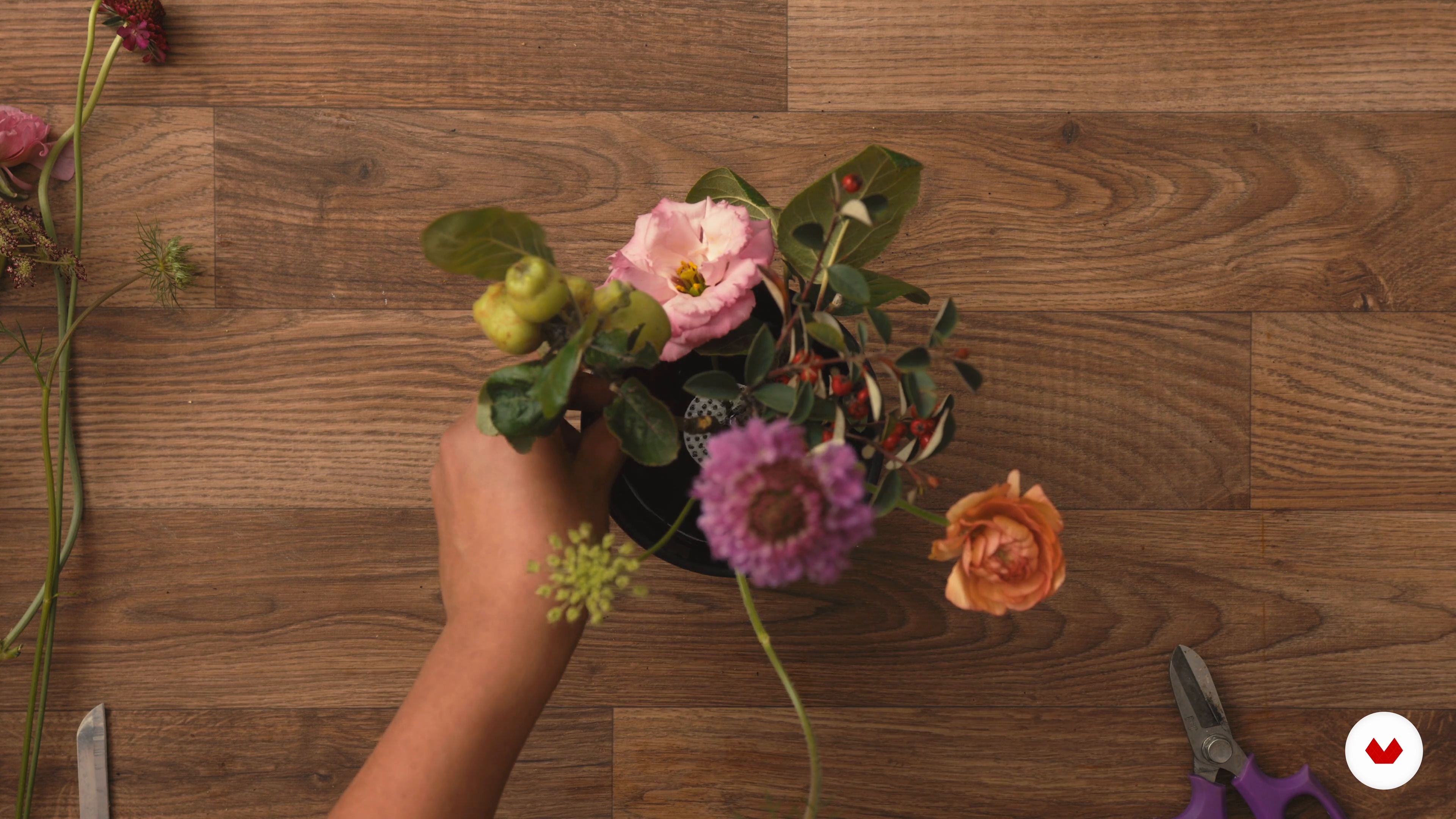


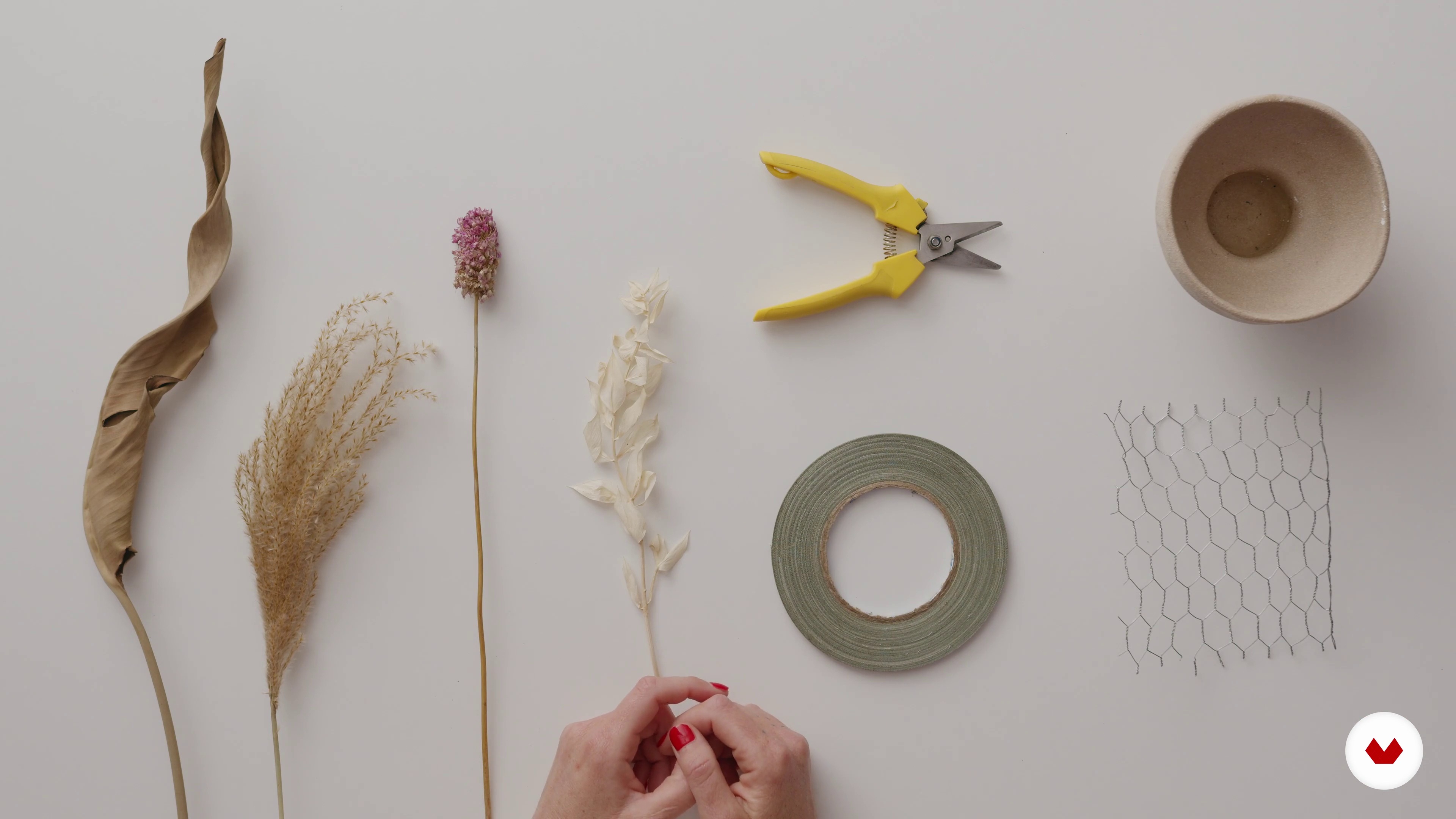

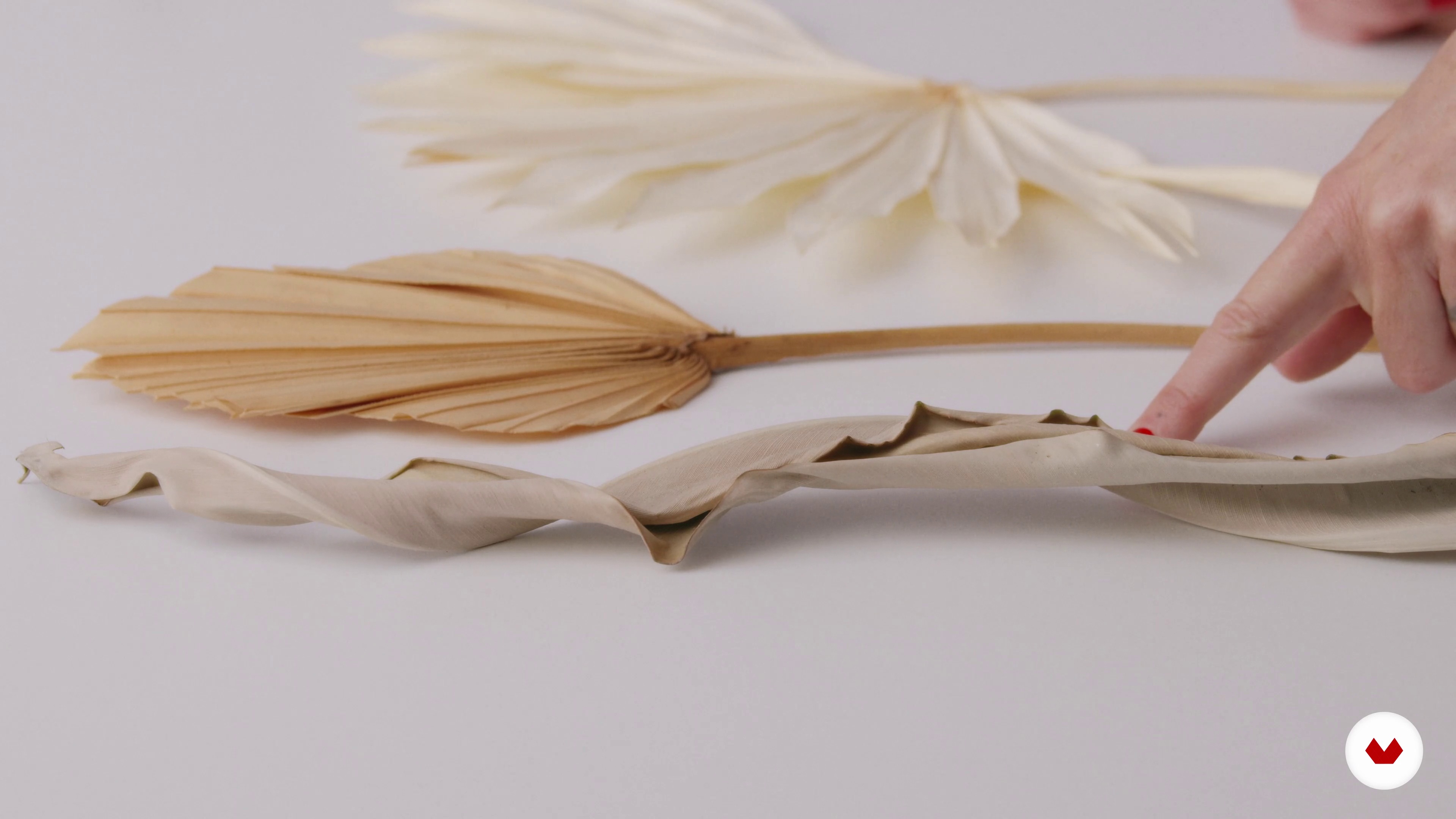
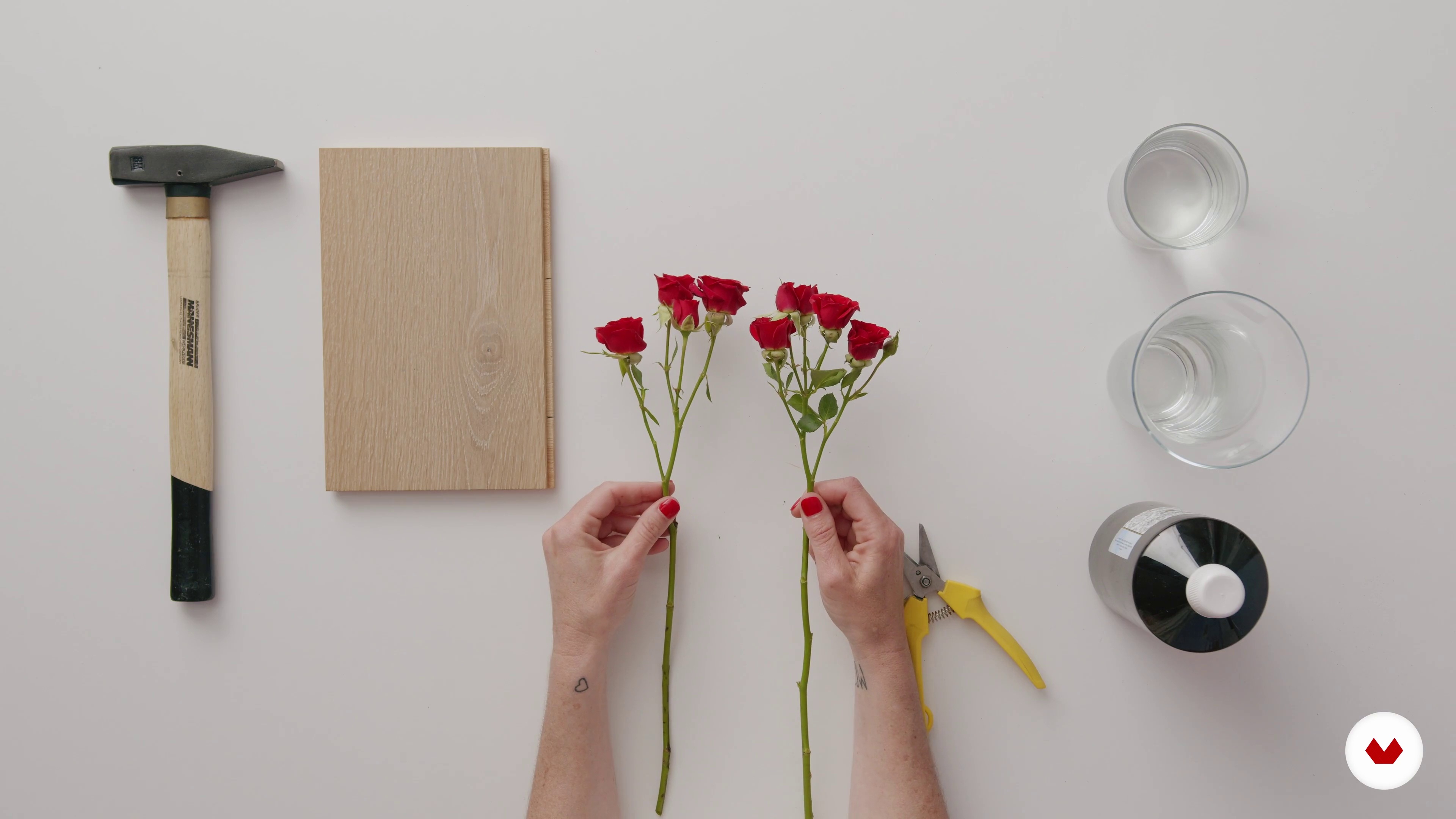
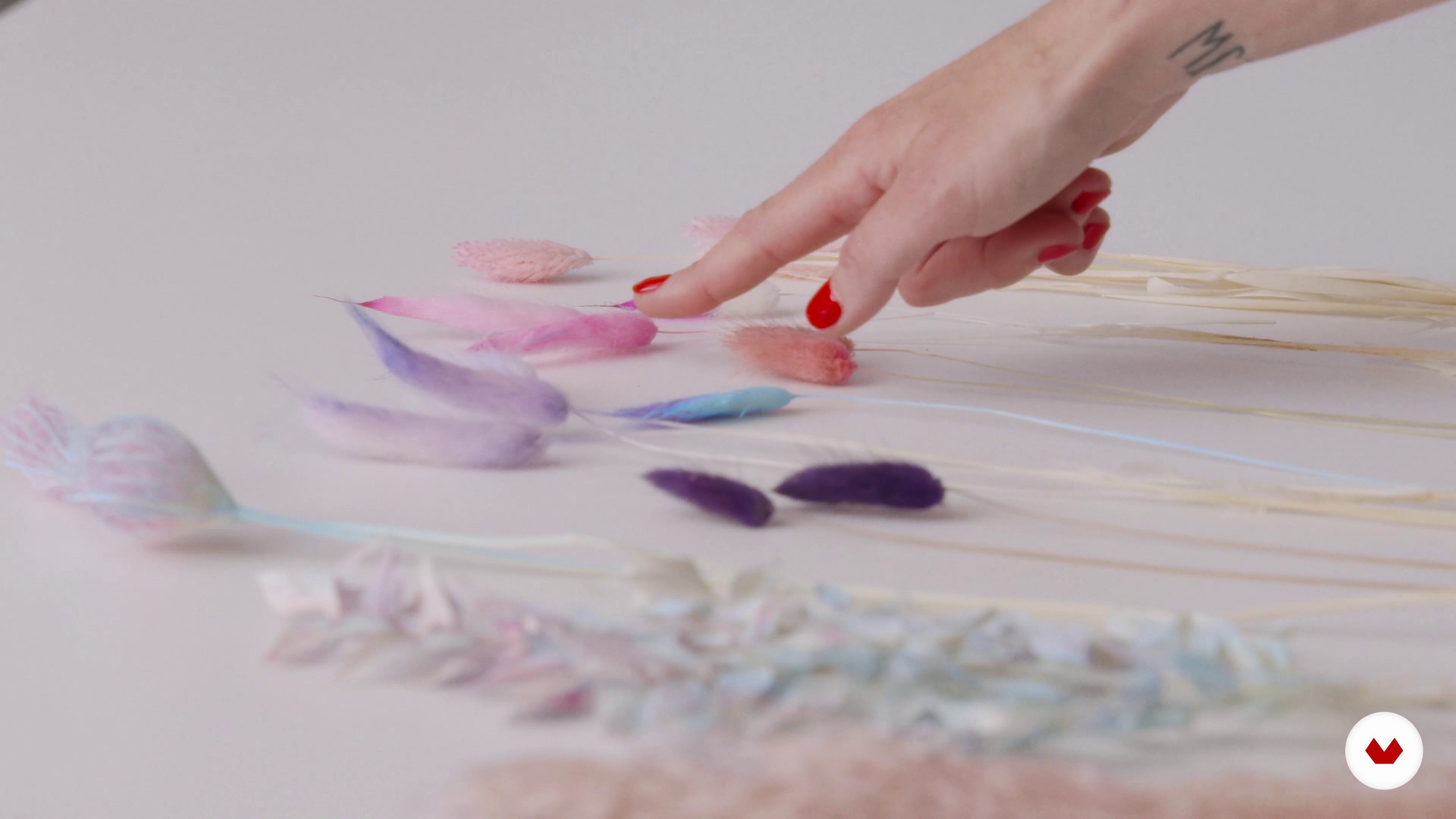
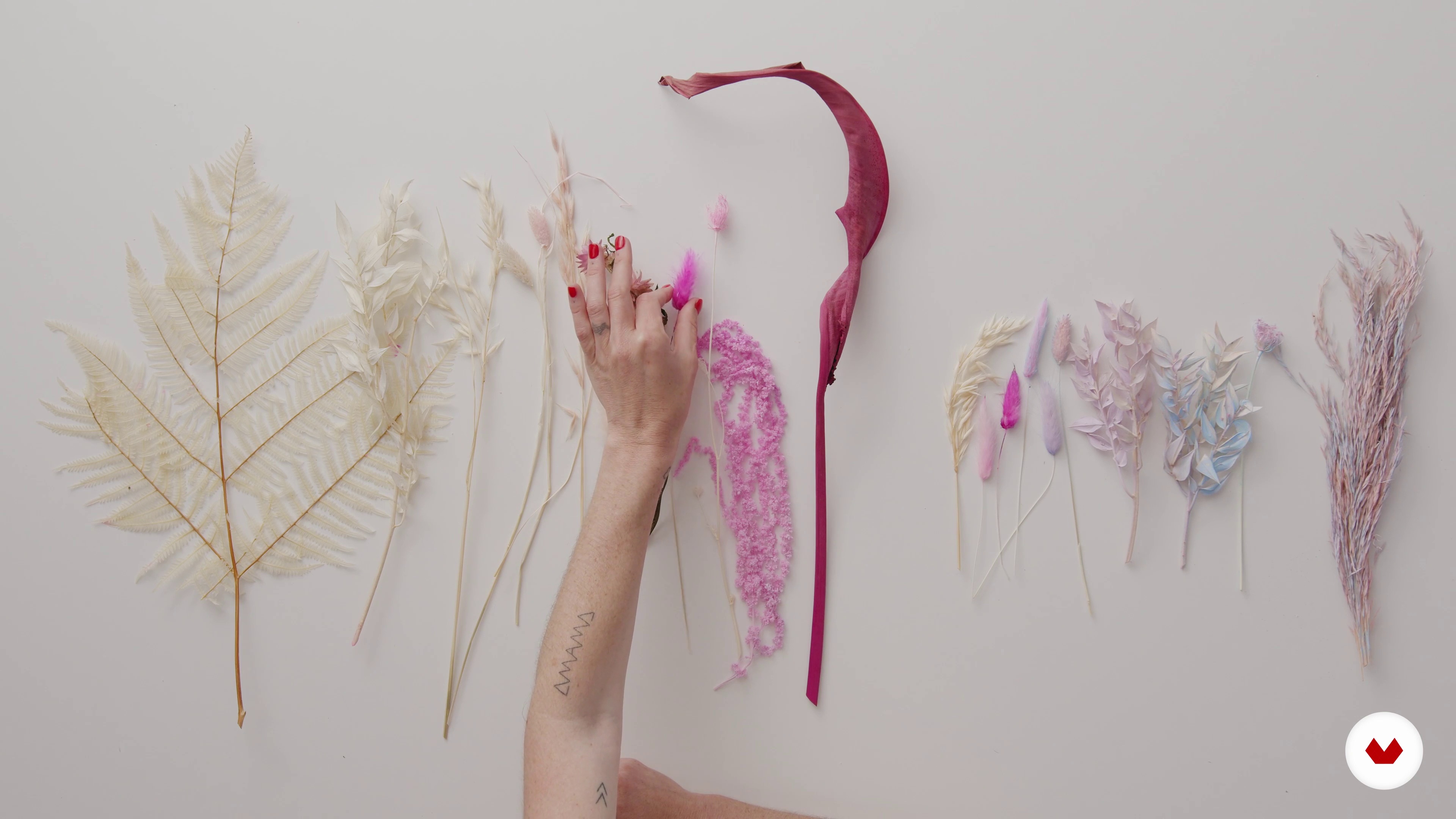



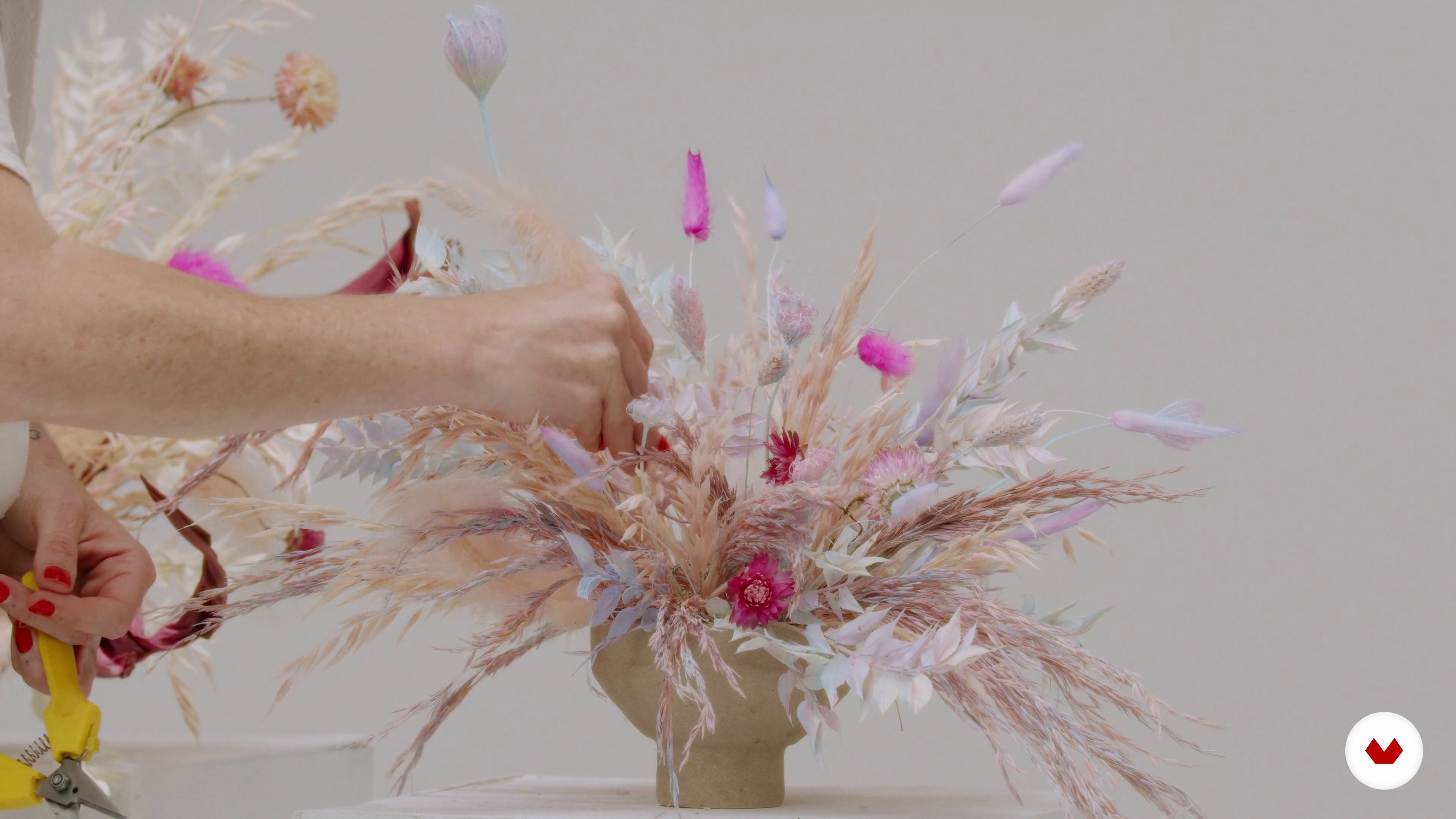



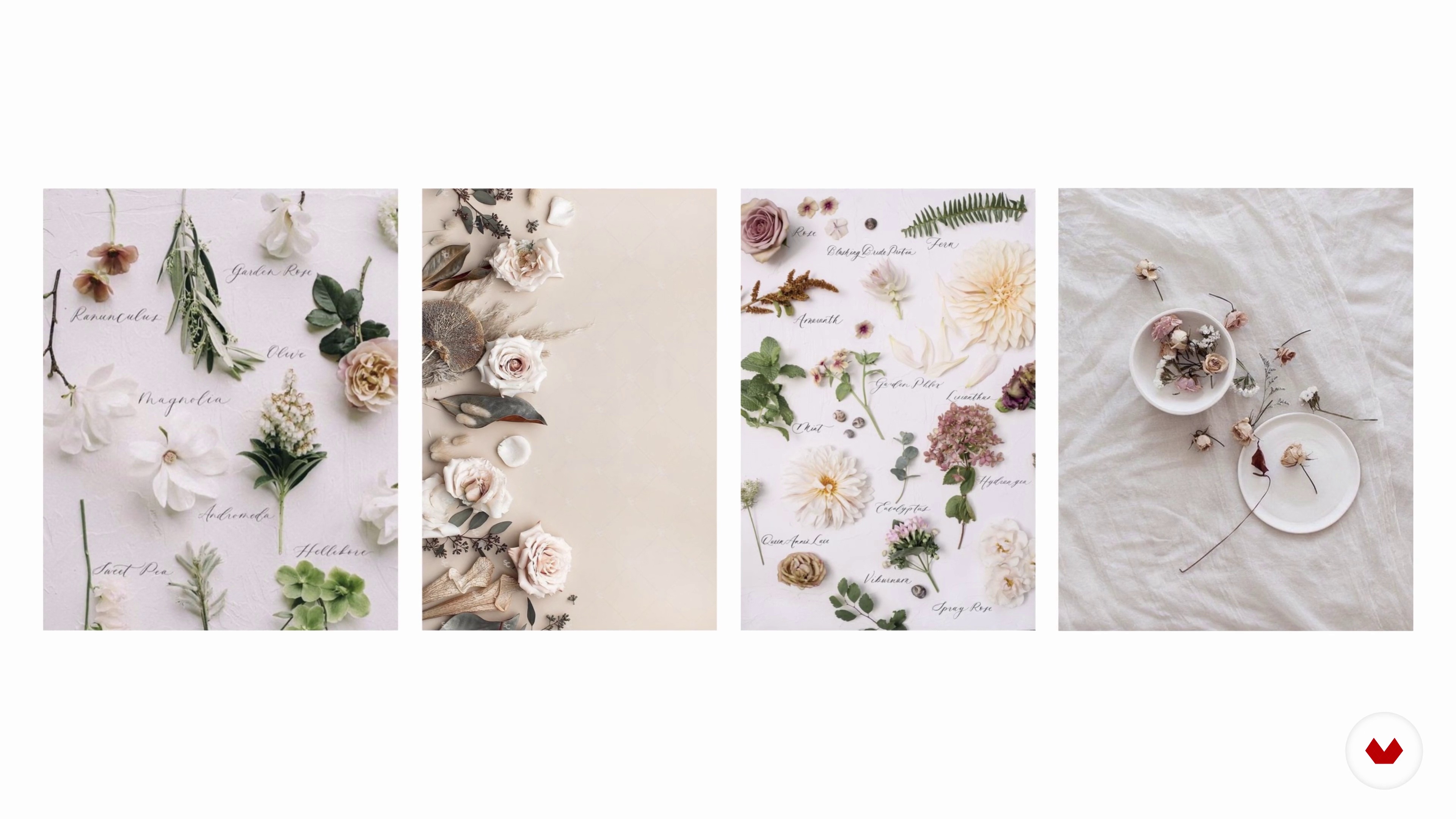
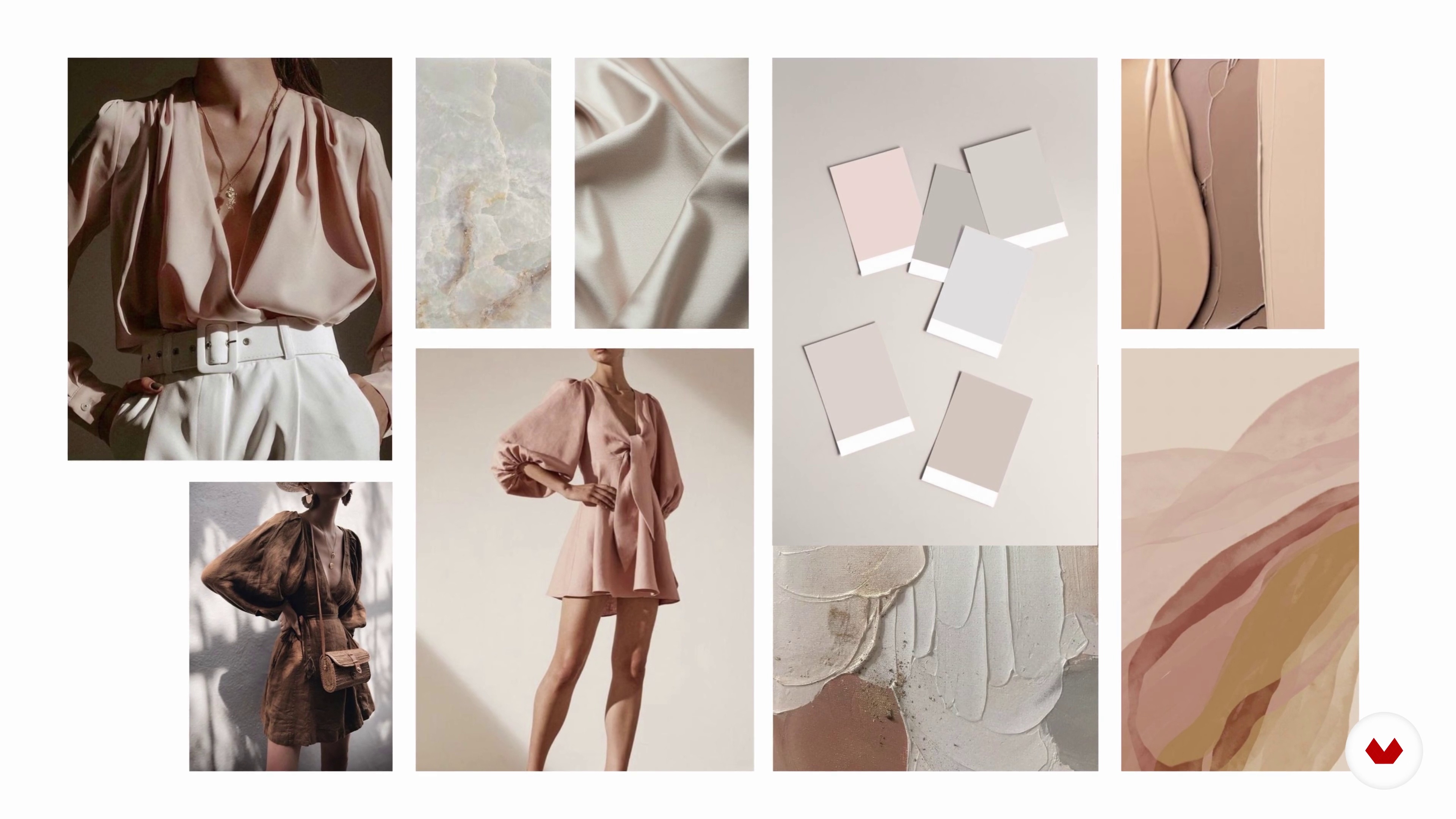
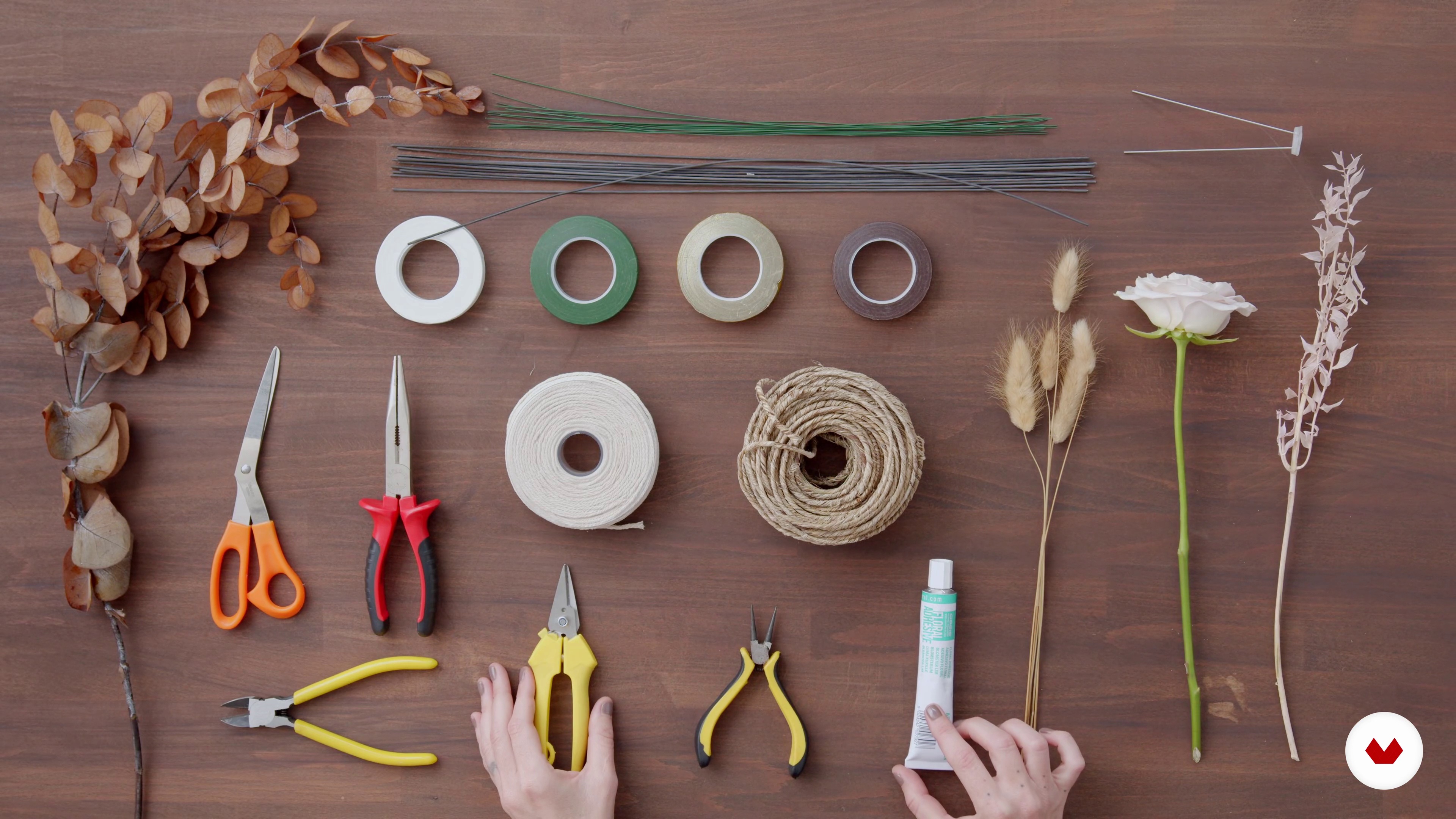
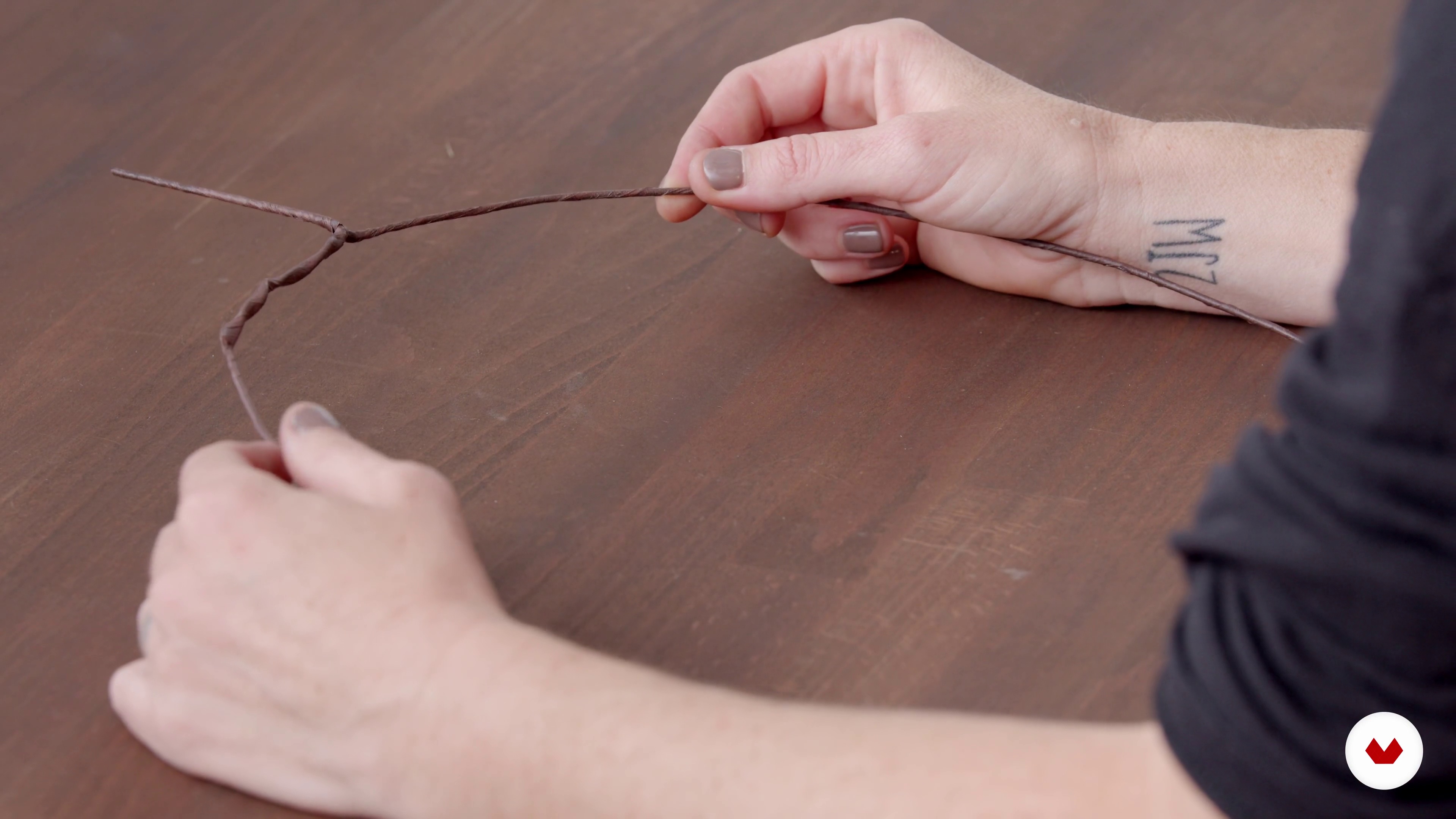


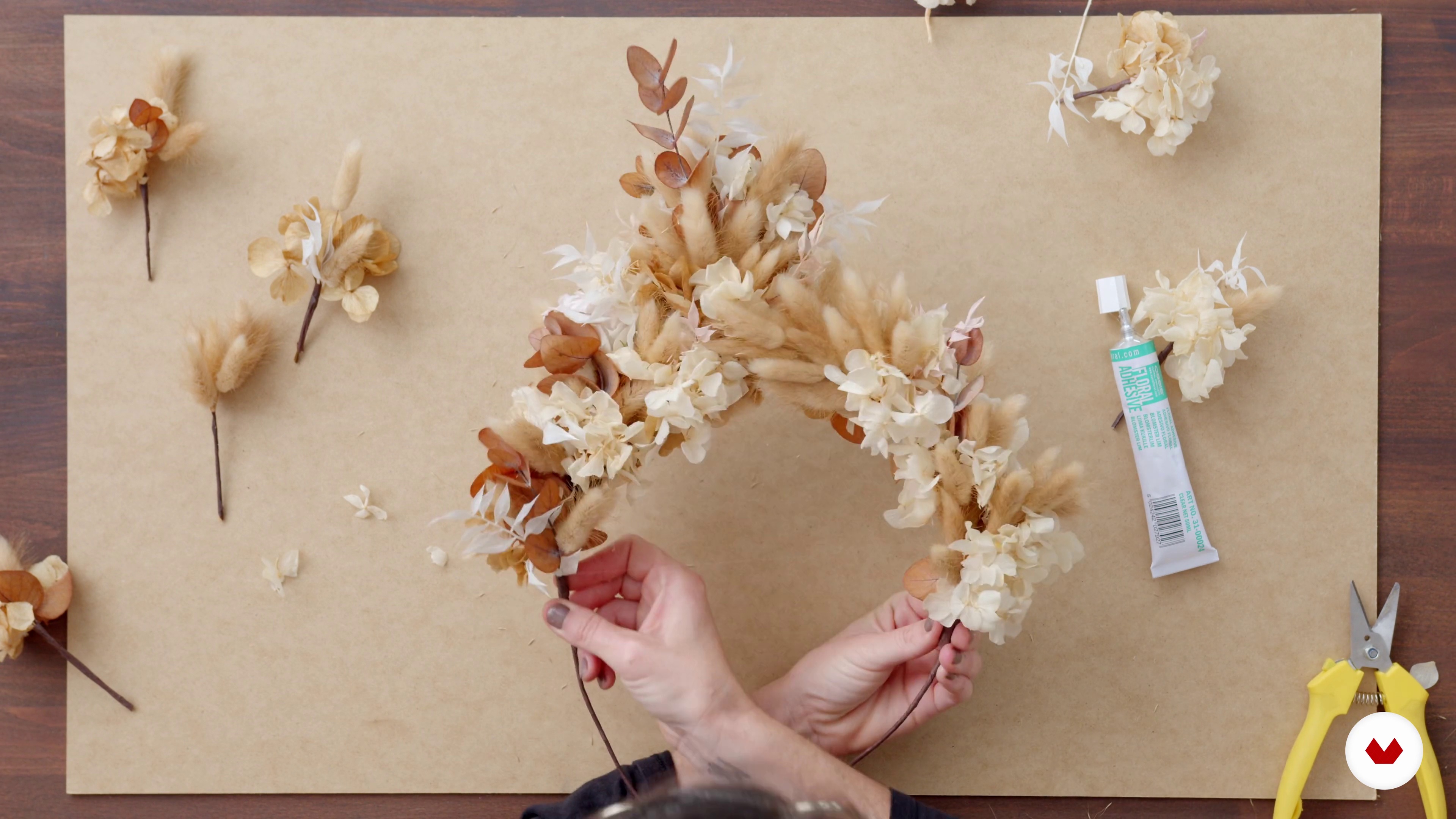
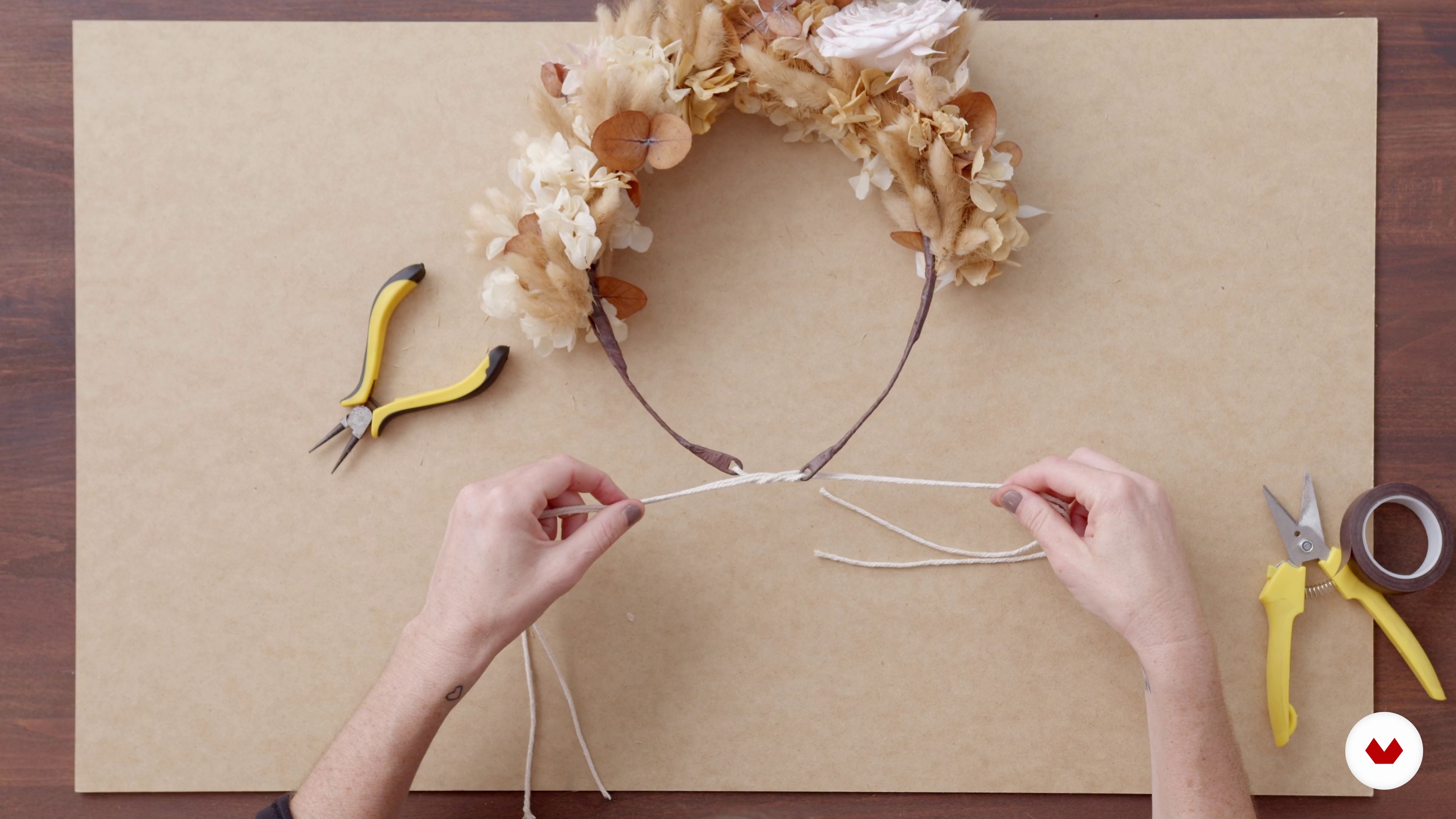

- 38 students
- 65 lessons (12h 24m)
- 71 additional resources (24 files)
- Online and at your own pace
- Audio: Spanish, English
- Spanish · English · Portuguese · German · French · Italian · Polish · Dutch
- Level: Beginner
- Unlimited access forever
What is this course's project?
You'll create a personal floral bouquet following all the steps of professional design: concept, flower selection, composition, and technical execution, achieving a harmonious and expressive result that reflects your style and acquired skills.
Who is this specialization for?
Creative individuals with a passion for floral design, interested in exploring modern and traditional techniques while developing skills in sustainability and visual storytelling, will find this specialization the perfect opportunity to expand their knowledge of floral decoration and design.
Requirements and materials
No extensive prior knowledge is required. A willingness to learn, creativity, and basic materials such as scissors, wire, floral tape, and a variety of flowers are all necessary. Having a suitable workspace to comfortably create designs is ideal.

What to expect from this specialization course
-
Learn at your own pace
Enjoy learning from home without a set schedule and with an easy-to-follow method. You set your own pace.
-
Learn from the best professionals
Learn valuable methods and techniques explained by top experts in the creative sector.
-
Meet expert teachers
Each expert teaches what they do best, with clear guidelines, true passion, and professional insight in every lesson.
-
Certificates
PlusIf you're a Plus member, get a custom certificate for every specialization course. Share it on your portfolio, social media, or wherever you like.
-
Get front-row seats
Videos of the highest quality, so you don't miss a single detail. With unlimited access, you can watch them as many times as you need to perfect your technique.
-
Share knowledge and ideas
Ask questions, request feedback, or offer solutions. Share your learning experience with other students in the community who are as passionate about creativity as you are.
-
Connect with a global creative community
The community is home to millions of people from around the world who are curious and passionate about exploring and expressing their creativity.
-
Watch professionally produced courses
Domestika curates its teacher roster and produces every course in-house to ensure a high-quality online learning experience.
FAQs
Domestika's specialization courses are online classes that provide you with the tools and skills you need to complete a specific project. Every step of the project combines video lessons with complementary instructional material, so you can learn by doing. Domestika's specializations also allow you to share your own projects with other students, creating a dynamic course community.
All specialization courses are 100% online, so once they're published, specialization courses start and finish whenever you want. You set the pace of the class. You can go back to review what interests you most and skip what you already know, ask questions, answer questions, share your projects, and more.
The specialization courses are divided into different modules. Each one includes lessons, informational text, tasks, and practice exercises to help you carry out your project step by step, with additional complementary resources and downloads. You'll also have access to an exclusive forum where you can interact with other students, as well as share your work and your final project, creating a community around the specialization course.
You can redeem the specialization course you received by accessing the redeeming page and entering your gift code.




